Osaka’s Dotonbori: Neon Nights, Street Food, and Retro Vibes
- Jenn & Leon

- 20 hours ago
- 9 min read
Our return to Japan came almost exactly a year after our first visit.
We’d spent twelve unforgettable months across Asia, from Thailand’s islands to Seoul’s skyline, and chose Osaka as the final stop before heading back to Europe.

The flight landed in Tokyo mid-morning, and by afternoon we were gliding across Honshu on the Shinkansen toward Osaka.
When we arrived, the sun was still high, a pale winter glow against the glass and steel. The first thing we noticed was the Osaka Tower, rising above the low rooftops like a beacon.

At its base, a maze of market stalls and covered walkways buzzed with quiet life. Vendors unpacked crates of seafood, bicycles rolled past with perfect courtesy, and the air carried that faint chill of a 15-degree December day.
It felt calm yet alive—a different rhythm from Tokyo’s rush or Kyoto’s ancient poise.
Join us as we return to Japan for the final stop of our Asia journey.
In this post, we share our experience exploring Osaka’s Dotonbori district, from its glowing neon streets and gourmet convenience stores to its retro arcades and historic roots.
We’ll cover the Shinkansen journey, where to stay near Osaka Tower, travel tips, 10 fascinating facts, and everything you need to plan your own visit to Dotonbori.

The Journey—Japan’s Trains Like No Other

Japan’s train system deserves its own story. We’d first ridden the Shinkansen a year earlier from Tokyo to Kyoto, but stepping back on after twelve months of coaches, rickshaws, tuk-tuks, and ferries in Asia, it felt like luxury travel.

The Shinkansen glided out of the station with the smoothness of silk, accelerating to almost 300 km/h without a sound.
We watched city edges blur into snowy countryside while sipping hot canned coffee from a vending machine—one of the small miracles Japan excels at.
Every detail was ordered and precise: spotless seats, uniformed attendants bowing, and snacks stacked neatly in carts.
We had managed to hop on the Hello Kitty Haruka Express, its pastel pink interiors covered with cartoon bows.
Always grab a bento box before boarding; it’s a delicious ritual. Trains are punctual to the second but pricey—worth every yen for the experience.
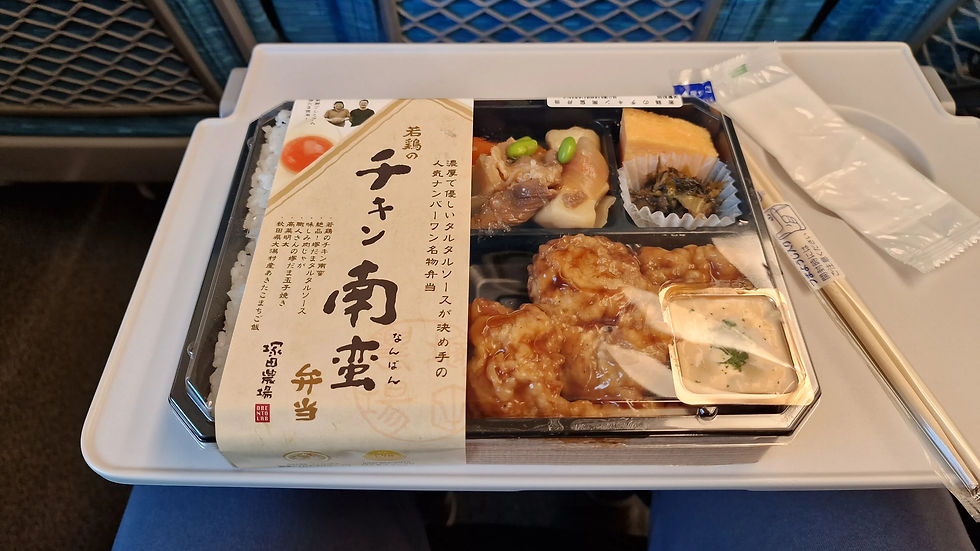
Even Osaka’s retro subway cars had a quiet nostalgia about them, humming through tiled tunnels that seemed frozen in time.
We noted their exceptional cleanliness and how quiet and respectful the passengers were. They even have women-only carriages. Oh, Japan. We are all here for it!

The Stay—Life Near Osaka Tower
Our Airbnb sat just five minutes’ walk from the tower, a small apartment block with the efficiency Japan is known for: a tiny kitchenette, full-size fridge, microwave, balcony, and a spotless bathroom stocked with folded towels. Space was a tad tight in the main room, as is fairly typical for properties in Japan's cities, but everything had its place.
Mornings in Osaka were startlingly quiet. Streets were lined with bicycles neatly parked in rows, and the only sound came from convenience-store doors sliding open. Japan’s 7-Eleven became our go-to dining room.
Forget the Western image of routine sandwiches—this was gourmet convenience: steaming katsu curry, salmon onigiri, fresh sushi rolls, and surprisingly decent coffee. Many cafés don’t open until noon, so the convenience stores truly save the day.

The Heart of Osaka—Exploring Dotonbori

If Tokyo is modern and Kyoto ancient, Osaka is the fusion of both. And Dotonbori is its glowing heart.
By night, the canal shimmers with reflections of colossal neon signs—the iconic Glico Running Man, moving dragons, and giant sushi pieces reaching off façades.

The scent of takoyaki and grilled skewers drifts through the air while music, chatter, and the clack of pachinko machines fill the gaps. Jenn loved Dotonbori instantly.
For her, it was one of the best market areas she’s ever walked through—vivid colors, endless shopfronts, and the semi-indoor arcades that stretch for blocks.
Each turn brought another kaleidoscope of lights, another smell, and another surprise.
We ducked into Taito Station, one of Japan’s biggest arcades, spanning four floors of flashing screens and nostalgic tunes.
A whole floor was dedicated to Mario Kart, and we couldn’t resist a race.
That’s Japan: playful, themed, and joyfully self-aware. Everywhere you look there’s a nod to Hello Kitty, Mario, manga, or anime—not as tourist traps but as everyday icons woven into the city’s DNA.
Look out for the street-art pockets tucked between neon alleys; Osaka’s creativity bursts beyond the signs.
Retro Fun & Neon Culture

Osaka rewards the curious. Turn off the main canal and you’ll find retro record shops, tiny noodle bars, and the occasional shop with vintage car displays in its window.
We spent hours photographing murals, vending machines, and those tiny Coca-Cola bottles—miniature pieces of nostalgia that seem made for collectors.
Even on the chillier December evenings, locals smiled and offered directions when we hesitated at a corner.
There’s a kindness in Japan’s culture that hums quietly beneath the city noise. Clean, safe, and endlessly fascinating, Osaka manages to feel both intimate and grand.
Osaka Tower by Night

If Dotonbori is Osaka’s electric heartbeat, the Tower is its pulse at rest. As daylight faded, its frame glowed in gold and turquoise, visible from our balcony.
We stood there that night, reflecting on the year behind us—months of motion through Asia, endless new streets, new faces, and new lessons.
Osaka felt like closure in the best possible way: bright, balanced, and grounding. A place where ancient entertainment roots now thrive under LED lights.

History of Osaka

Osaka’s story stretches far beyond its neon present. During the 4th and 5th centuries, the city briefly served as Japan’s capital, marking the birthplace of early imperial rule.
Centuries later, under the Edo period (1603–1868), Osaka transformed into the country’s entertainment epicenter.
Kabuki theaters and puppet shows filled Dotonbori’s riverbanks, earning it the nickname “Japan’s Hollywood.”
As time passed, trade, theater, and food merged into the lively cultural blend that still defines Osaka today.
What was once a stage for traditional performances is now a glowing showcase of Japanese modernity—alive with laughter, aromas, and sound.
10 Interesting Facts About Osaka
1) Capital Legacy: Osaka served as Japan’s capital long before Kyoto and Tokyo took over.
2) The Entertainment Hub: Dotonbori was home to dozens of kabuki theaters during the Edo period.
3) The Glico Running Man: The iconic neon sign was first installed in 1935 and remains Osaka’s unofficial mascot.

4) Vending Machine Nation: Japan has over 5 million vending machines—Osaka’s sell everything from hot coffee to ramen.
5) Takoyaki City: These octopus-filled dough balls were invented here in the 1930s and are still the city’s favorite snack.
6) Underground Marvels: Osaka’s network of covered arcades and underground shopping streets is among the largest in Japan.
7) Food Capital: Locals use the phrase “kuidaore,” meaning “eat until you drop.”
8) Bridges Everywhere: Osaka once had nearly 900 bridges crossing its canals.
9) Theme Love: From Mario and Hello Kitty to anime cafés, Osaka thrives on character-themed experiences.
10) Safety & Cleanliness: The city consistently ranks among the safest and cleanest urban areas worldwide.

How to Get There

Osaka is exceptionally well connected. Most international visitors arrive via Kansai International Airport (KIX), just 50 minutes by train from the city center.
From Tokyo, the Shinkansen bullet train is the fastest and most scenic way to travel—about 2.5 hours, with views of Mount Fuji on clear days.
Seat reservations on the Shinkansen are recommended, especially during weekends and holidays.
If you’re exploring multiple destinations, booking your routes in advance through 12Go Asia makes travel seamless and cost-effective.
We use 12Go almost exclusively for its convenience, with all bookings and e-tickets safely stored in one place.
Where to Stay in Osaka

We stayed near Osaka Tower in a compact yet comfortable Airbnb—a perfect base for exploring. The area was peaceful but close to Dotonbori’s energy, filled with convenience stores, small eateries, and quiet lanes that came alive after dusk.
Whether you prefer boutique hotels, riverside hostels, or modern apartments, Osaka offers something for every traveler.
Through this interactive map, you can compare Booking.com, Agoda, Expedia, Hotels.com, Vrbo, and Kayak listings to find ideal places to stay around Dotonbori or Osaka Tower.
Travel Tips for Osaka

1) Start Early, Eat Late: Many restaurants don’t open until noon, so rely on convenience stores like 7-Eleven or FamilyMart for breakfast.
2) Carry Cash: Japan is still largely cash-based, especially in small shops and arcades.
3) Use an eSIM: Stay connected without local SIM hassles. Refer to our Best eSIMs for Travel guide to compare the likes of GigSky, Saily, Holafly, and TooSim.

4) Respect Quiet: Keep phone conversations low and avoid eating while walking—small etiquettes that mean a lot in Japan.
5) Take the Train: Osaka’s metro system is clean, safe, and simple to navigate with English signage.
6) Stay Near the Action: Dotonbori, Shinsaibashi, or Namba districts make excellent bases for nightlife and markets.
7) Sample Street Food Safely: Food stalls maintain high hygiene standards, but always choose busy vendors with fresh turnover.

8) Try the Arcades: Taito Station and Round1 are perfect for an hour of retro fun—great even if you’re not a gamer.
9) Mind the Trash: Public bins are rare; carry a small bag for rubbish until you find one.
10) Photography Tip: Dotonbori’s canal reflections are best captured at twilight when lights begin to glow.

Consider Taking a Tour in Osaka

A great way to experience Osaka beyond Dotonbori is by guided tour.
Discover Kyoto, Hiroshima, and Miyajima in one seamless adventure that includes Shinkansen travel—perfect for those who love culture and convenience.
Wherever your travels take you, GetYourGuide offers the best way to connect with your destination.

FAQs About Dotonbori and Osaka
Is Dotonbori safe at night?
Yes. Dotonbori is brightly lit, well-patrolled, and full of late-night diners. As always, watch your belongings in crowded alleys.
When is the best time to visit Osaka?
Spring (March–May) and autumn (October–November) offer mild weather and fewer crowds, though the festive glow in December adds magic too.
What food should I try in Dotonbori?
Don’t miss takoyaki (octopus balls), okonomiyaki (savory pancake), and kushikatsu (deep-fried skewers). 7-Eleven is also a surprisingly gourmet option for quick meals.
How do I get around Osaka?
The metro and JR lines cover the city efficiently. Recharge an ICOCA card and use Google Maps for real-time routes.
Can I use credit cards everywhere?
Most big restaurants and shops accept cards, but carry cash for street food and arcades.
What’s unique about Osaka compared to Tokyo or Kyoto?
Osaka mixes Kyoto’s heritage and Tokyo’s modern energy with a friendlier, more relaxed vibe.
Are English signs common?
Yes—especially in tourist areas like Dotonburi and Namba. Locals are helpful even if their English is limited.
Is it expensive to stay near Dotonbori?
Prices range widely; expect ¥10,000–¥25,000 per night for mid-range hotels. Use our interactive map to compare rates across Booking.com, Agoda, and more.
Can I take day trips from Osaka?
Absolutely. Kyoto and Nara are under an hour away by train, making them ideal day trips.
What is Osaka famous for?
Street food, neon nightlife, kabuki roots, and its friendly locals. It’s often called the nation’s “Kitchen of Japan.”
Experience Rating:
Dotonbori

Osaka is a city of contrasts and character—bright yet peaceful, playful yet steeped in history.
Dotonbori’s energy paired with the warmth of the city made this the perfect finale to a year of travel across Asia!
Osaka's history is characterized by its spectacular and outlandish displays, the hustle and bustle of day-to-day life, and the famous lights and signs of Dotonbori. Osaka is definitely the Japan we dreamed about before we came here.
Experience Rating: 4.5/5
Discover More from Closer Lives
Uncover Japan’s balance of old and new—from Tokyo’s fast-paced streets to Kyoto’s timeless temples and Osaka’s electric charm.
Stay connected on the go with our comparison of the best eSIMs for global travelers—including GigSky, Saily, and Holafly.
Explore trusted tools, travel insurance, and gear that make full-time travel easier, safer, and smarter.



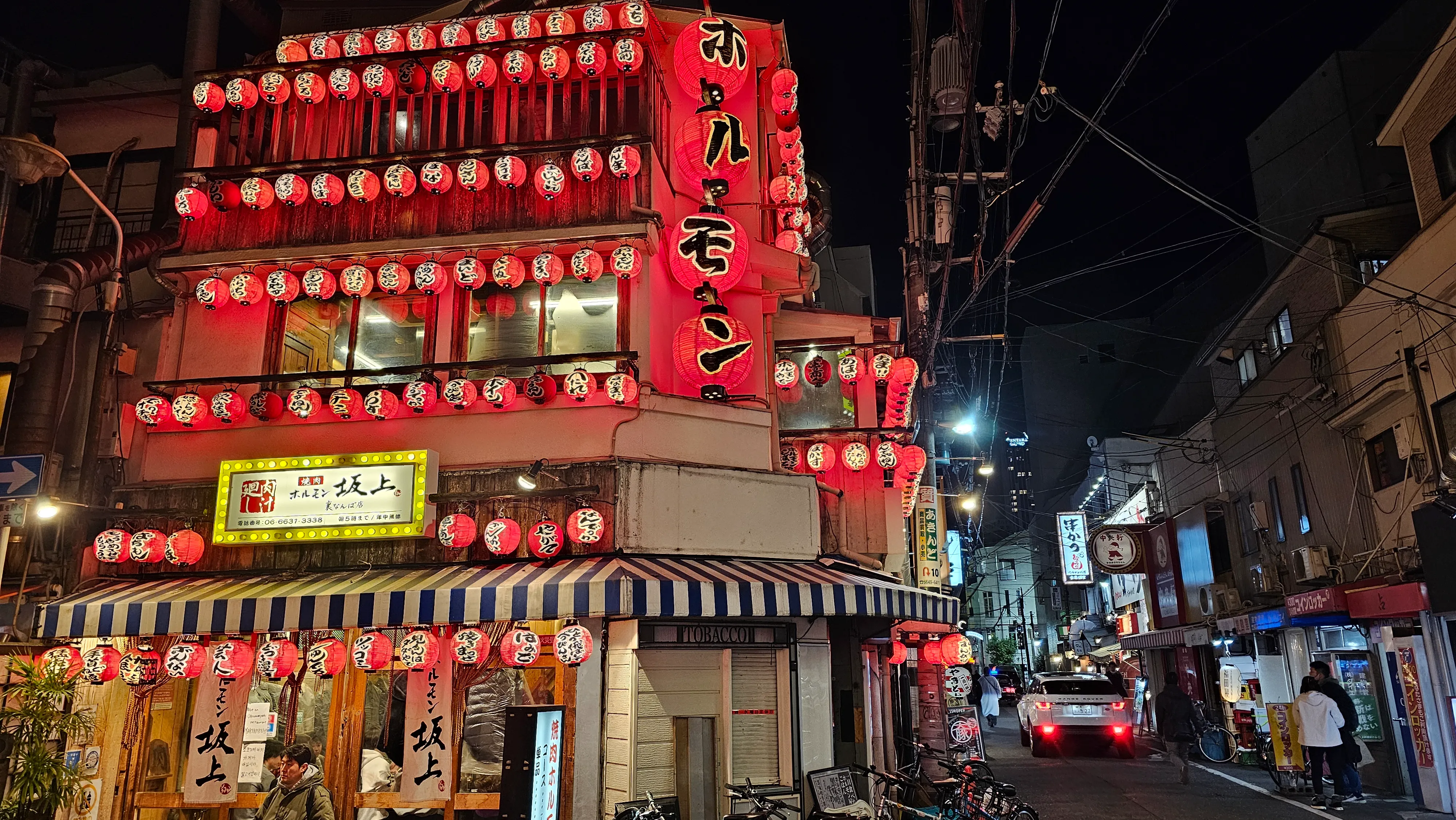
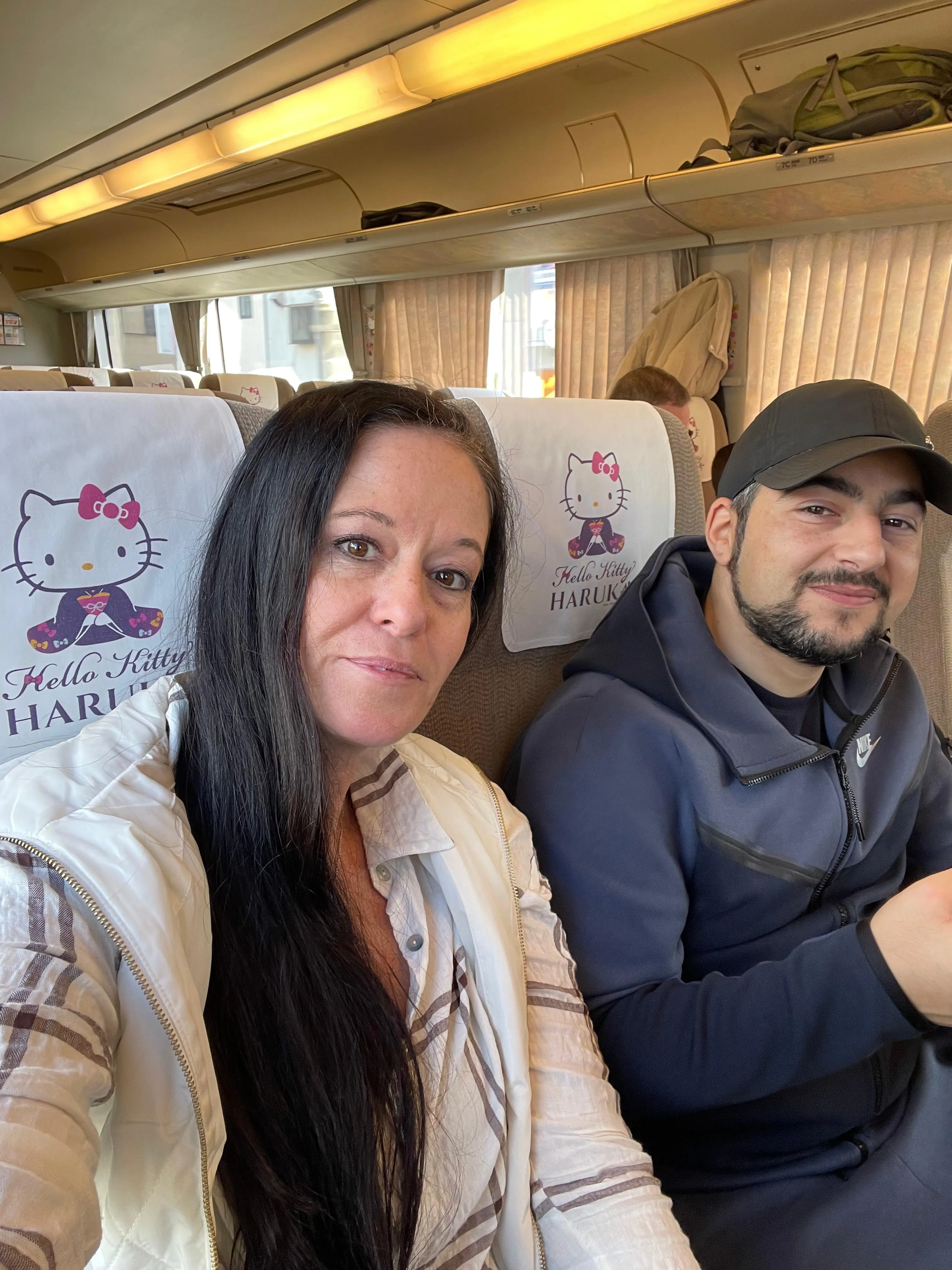
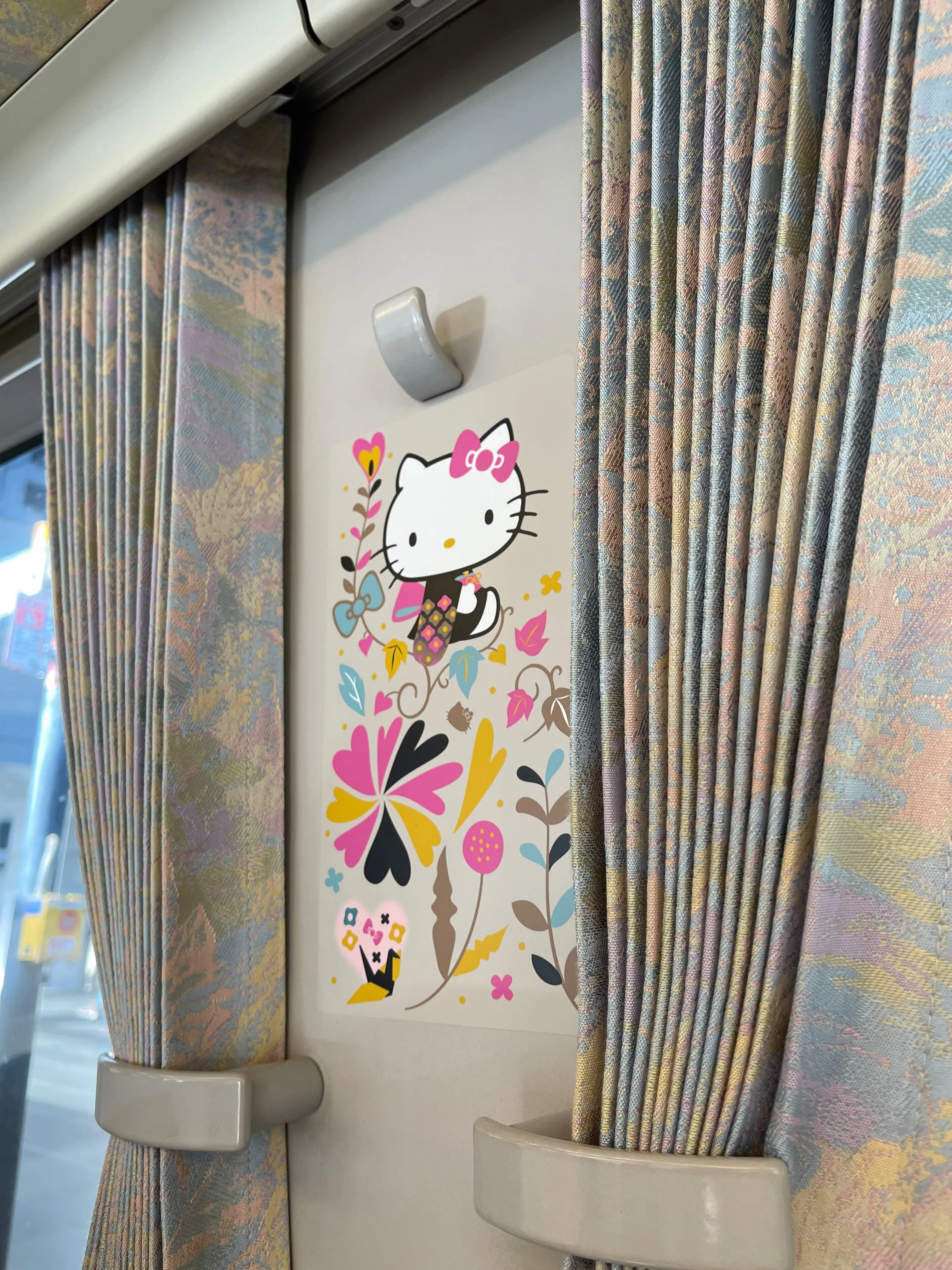
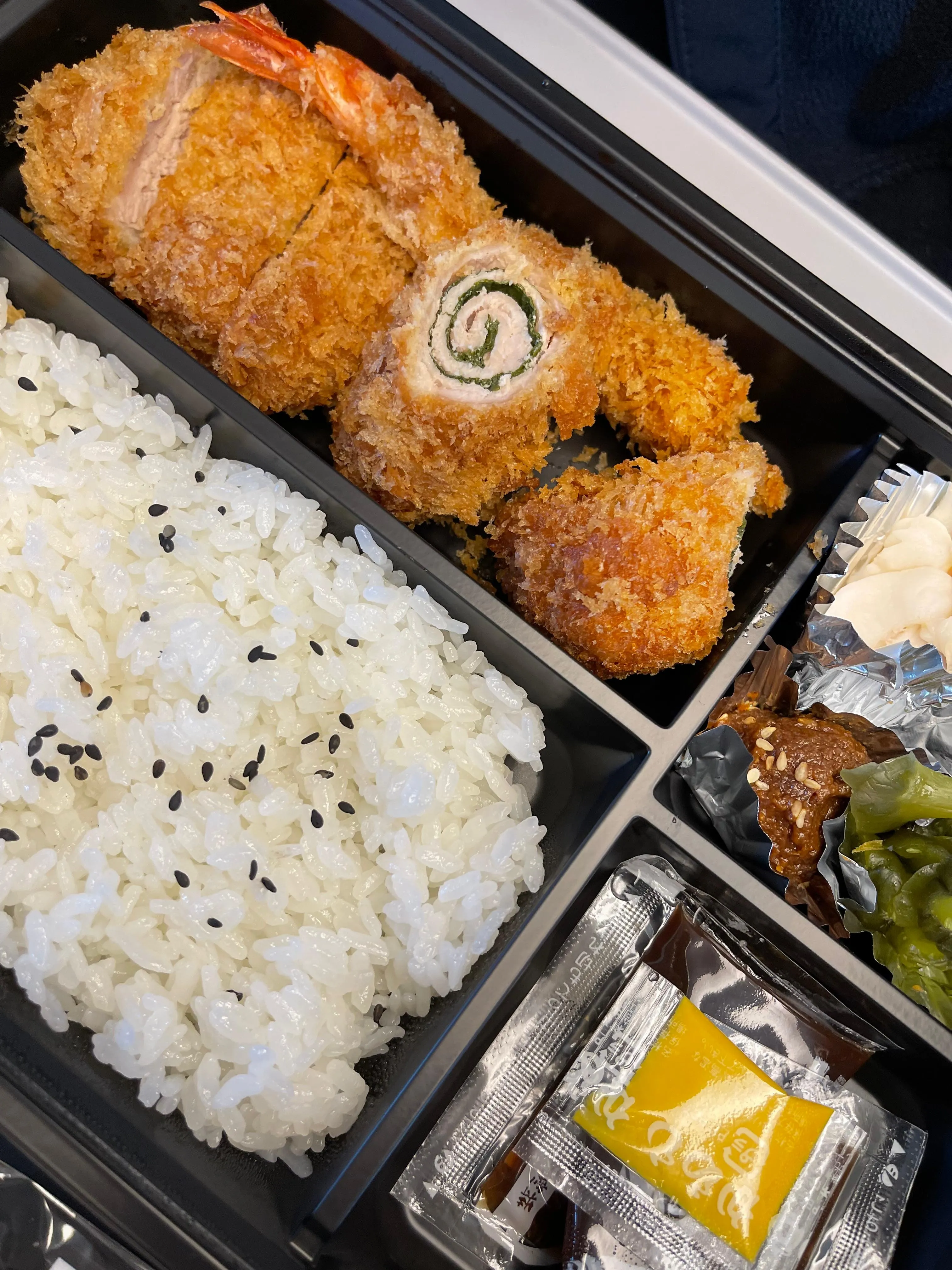

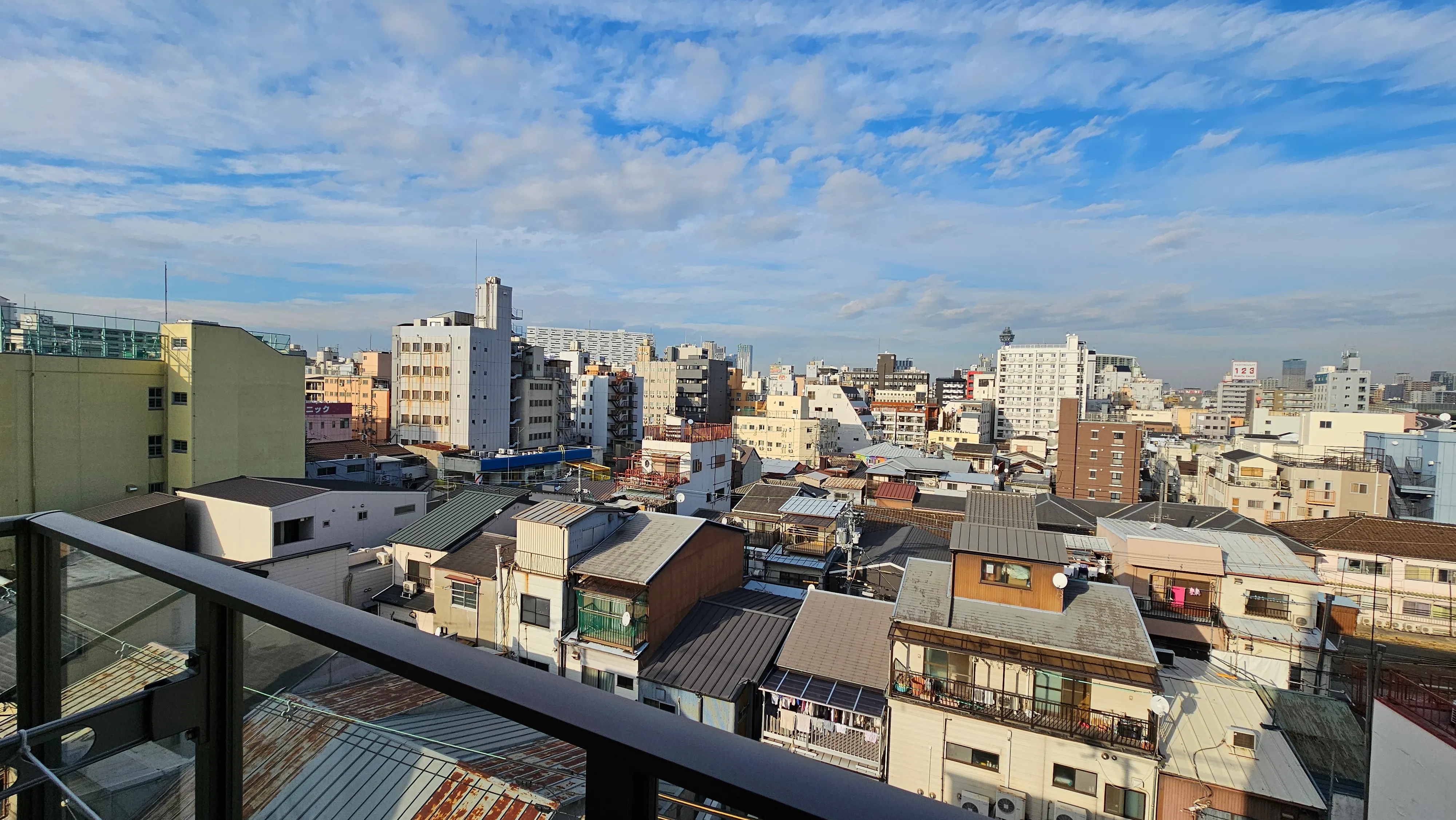

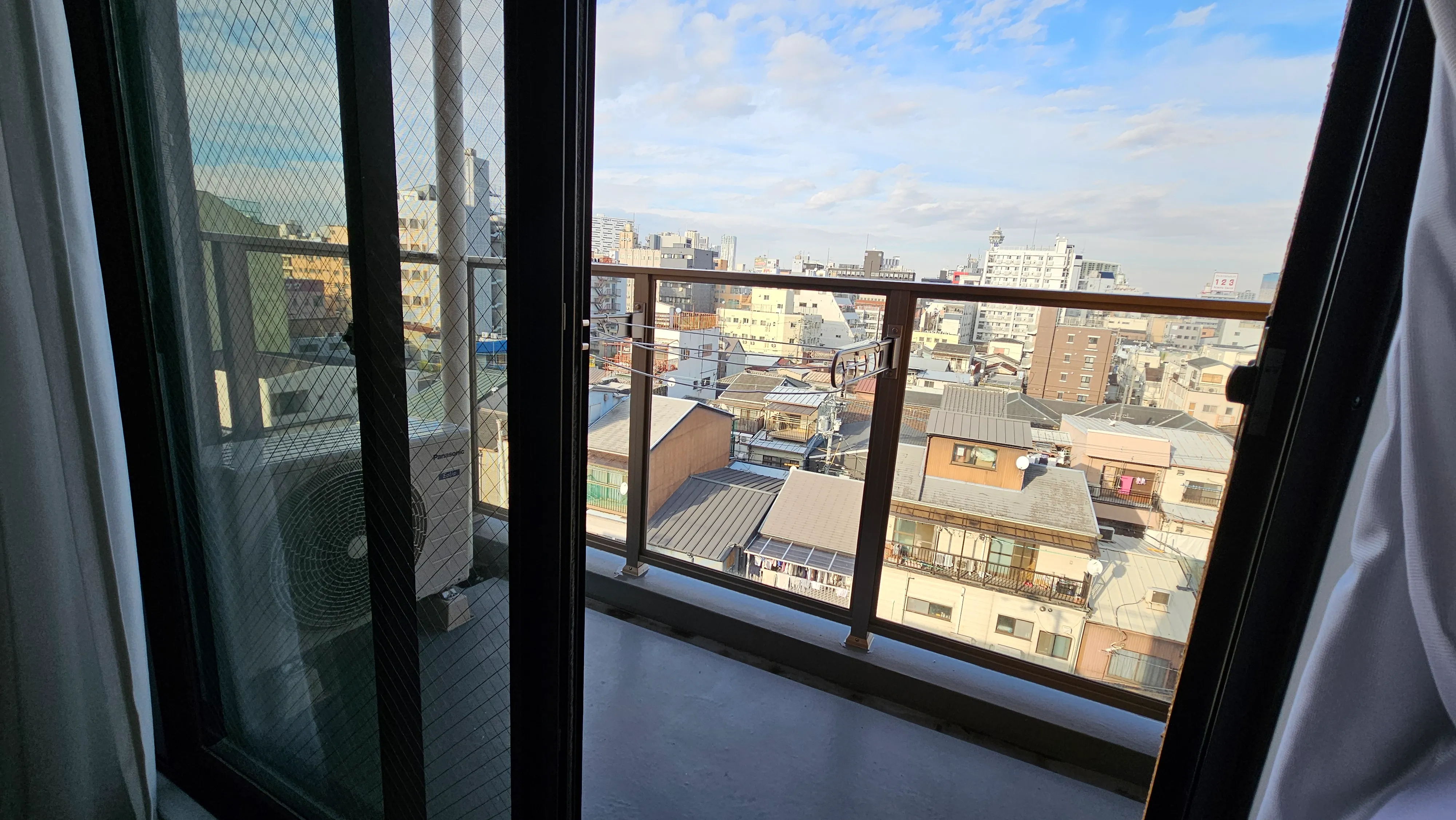
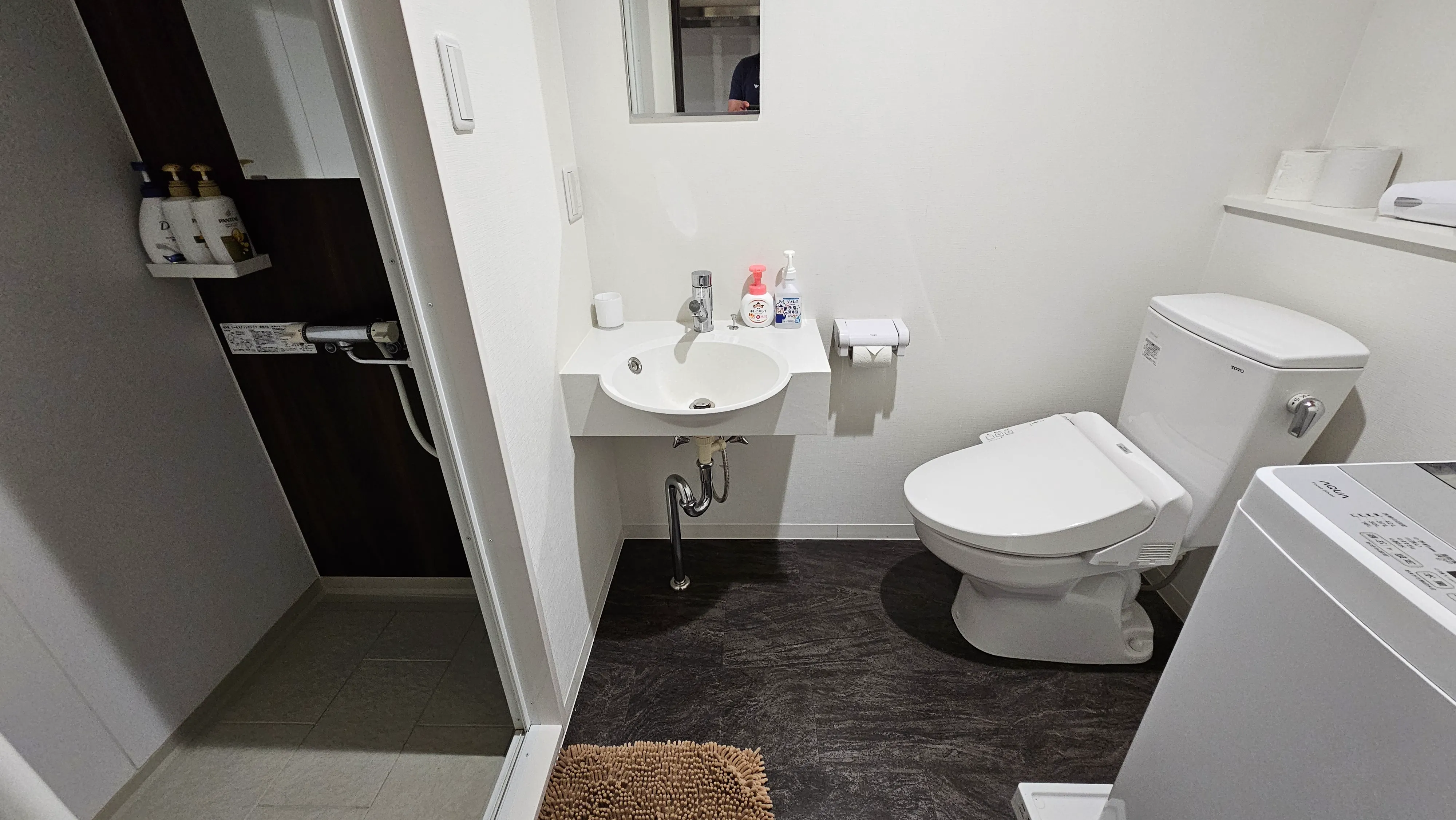
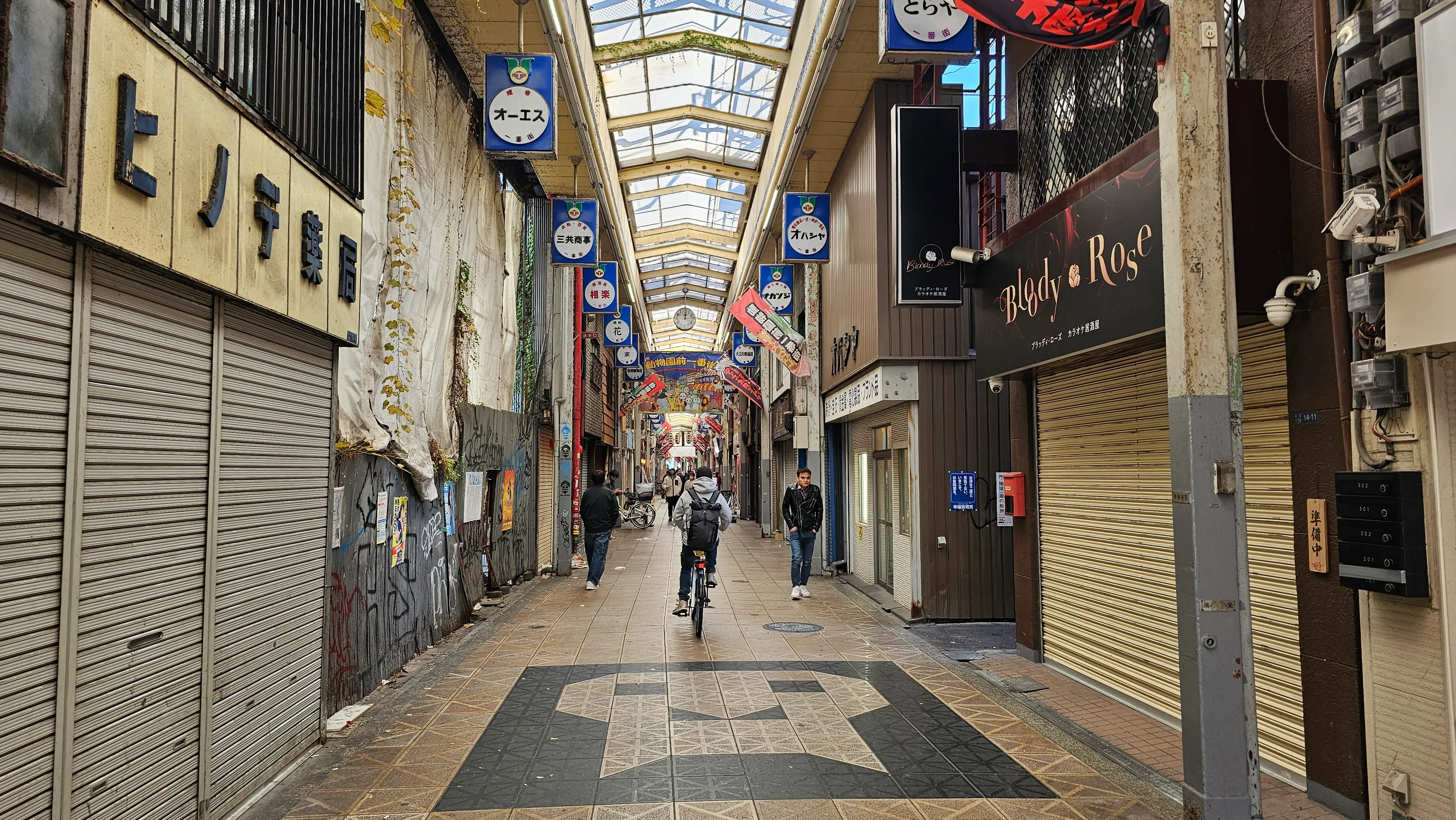





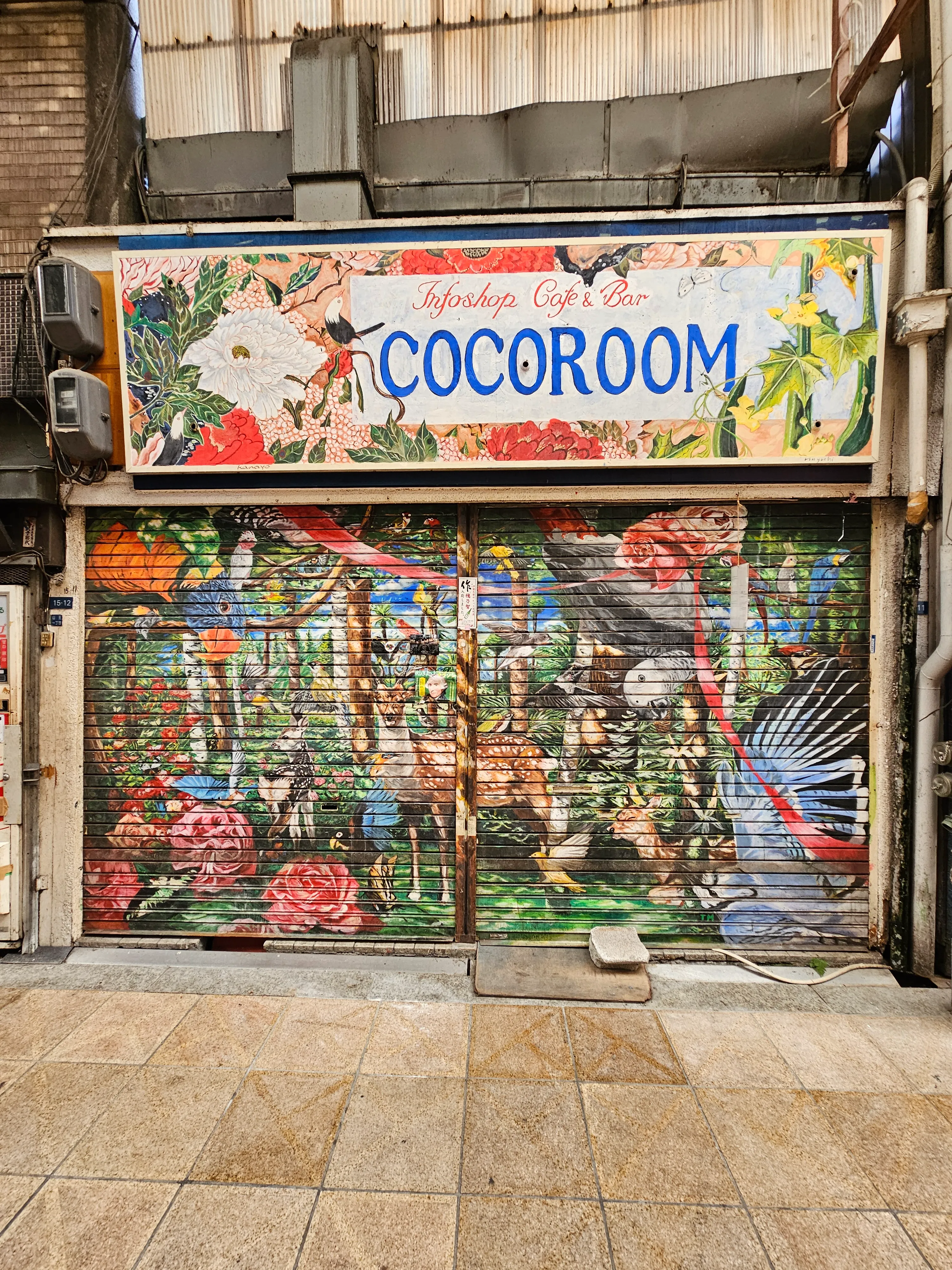
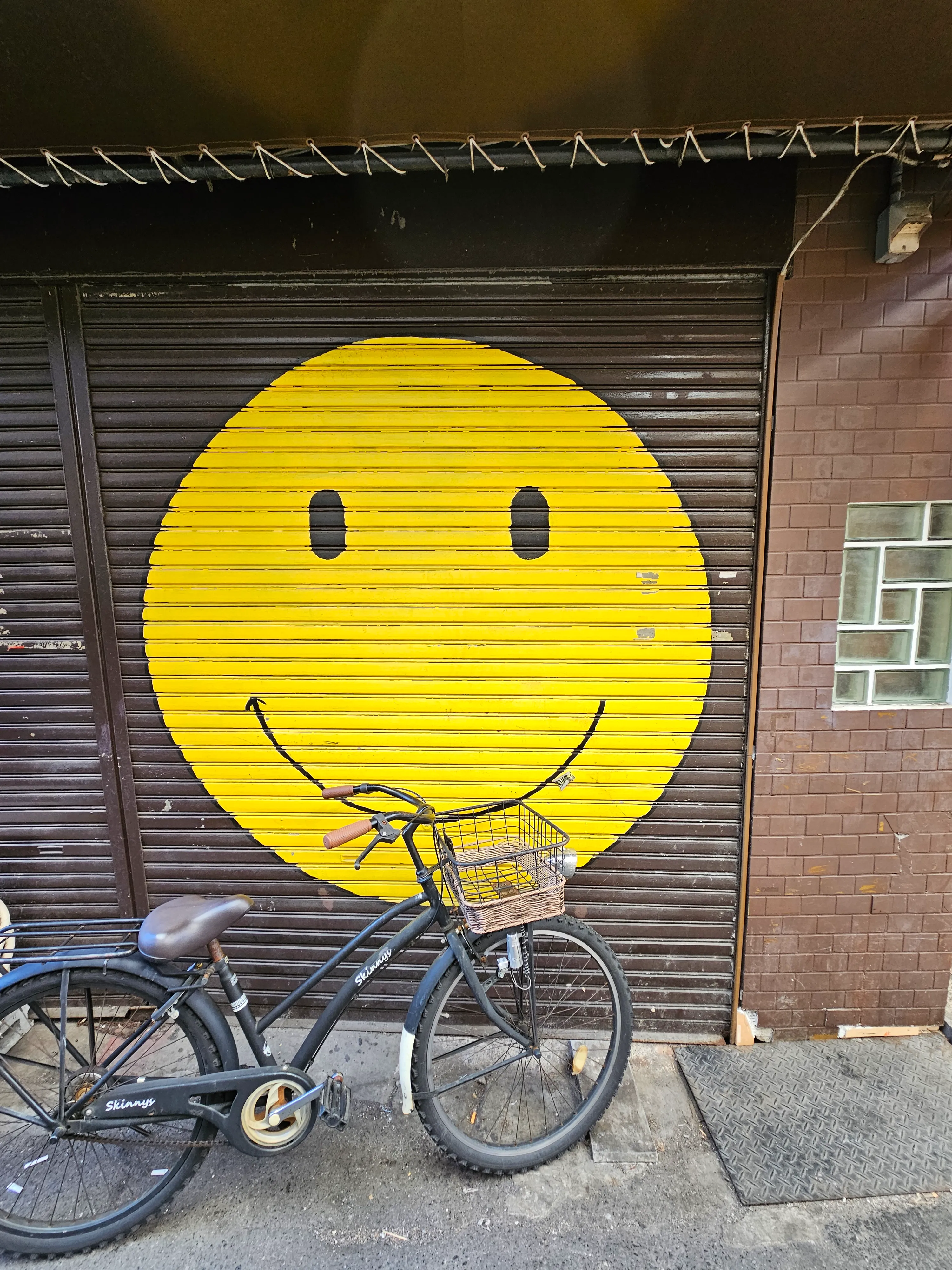
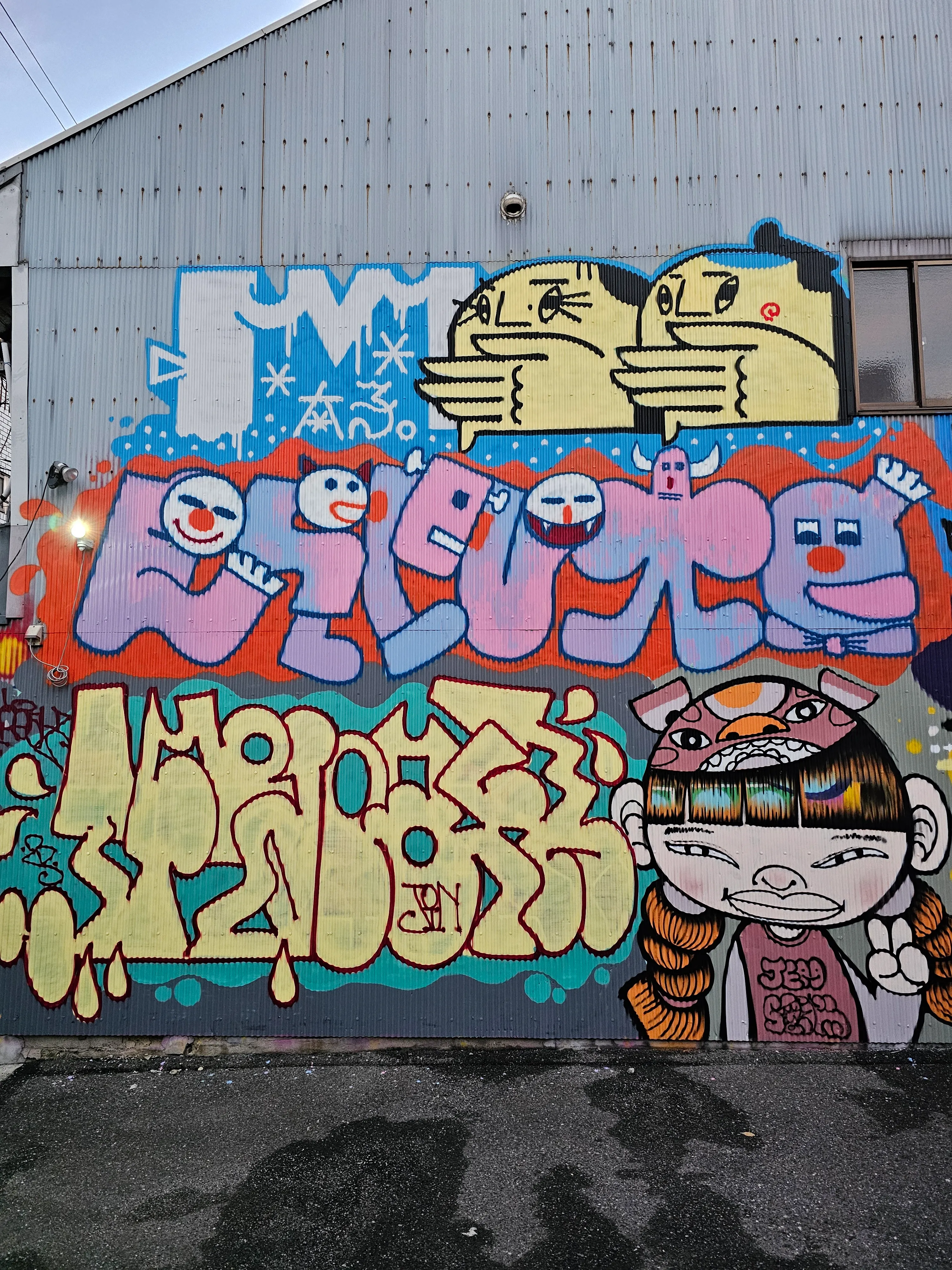
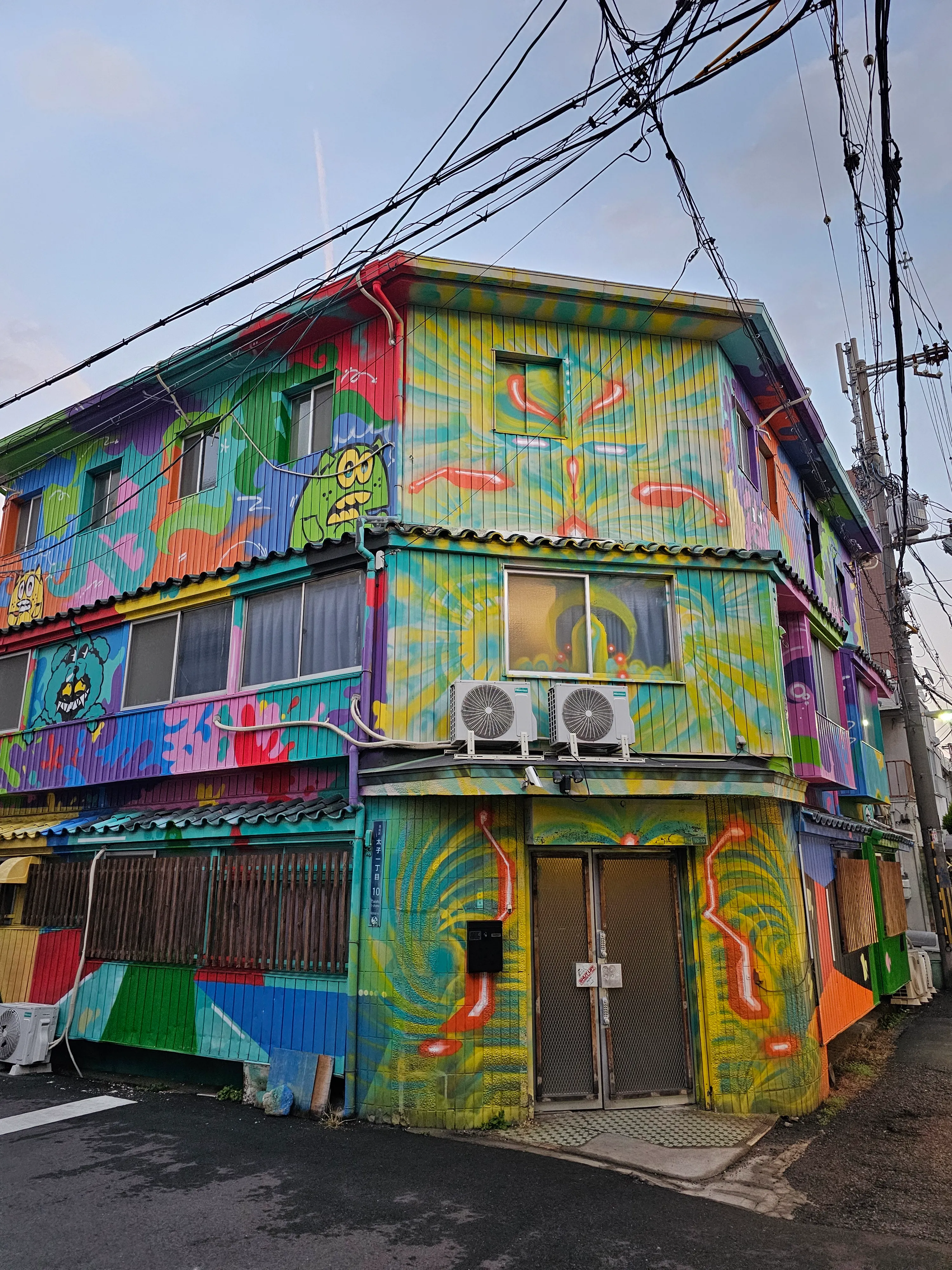



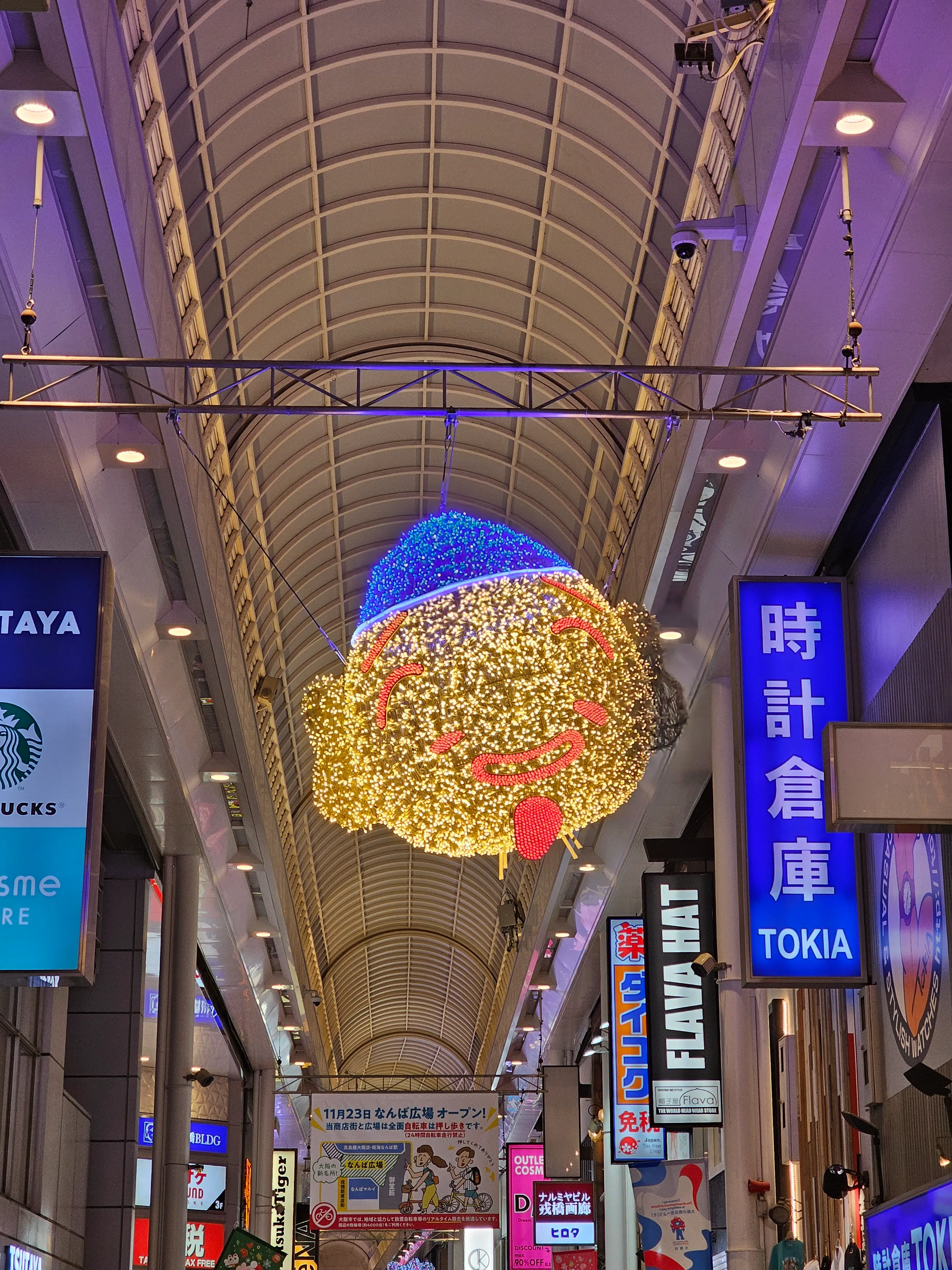


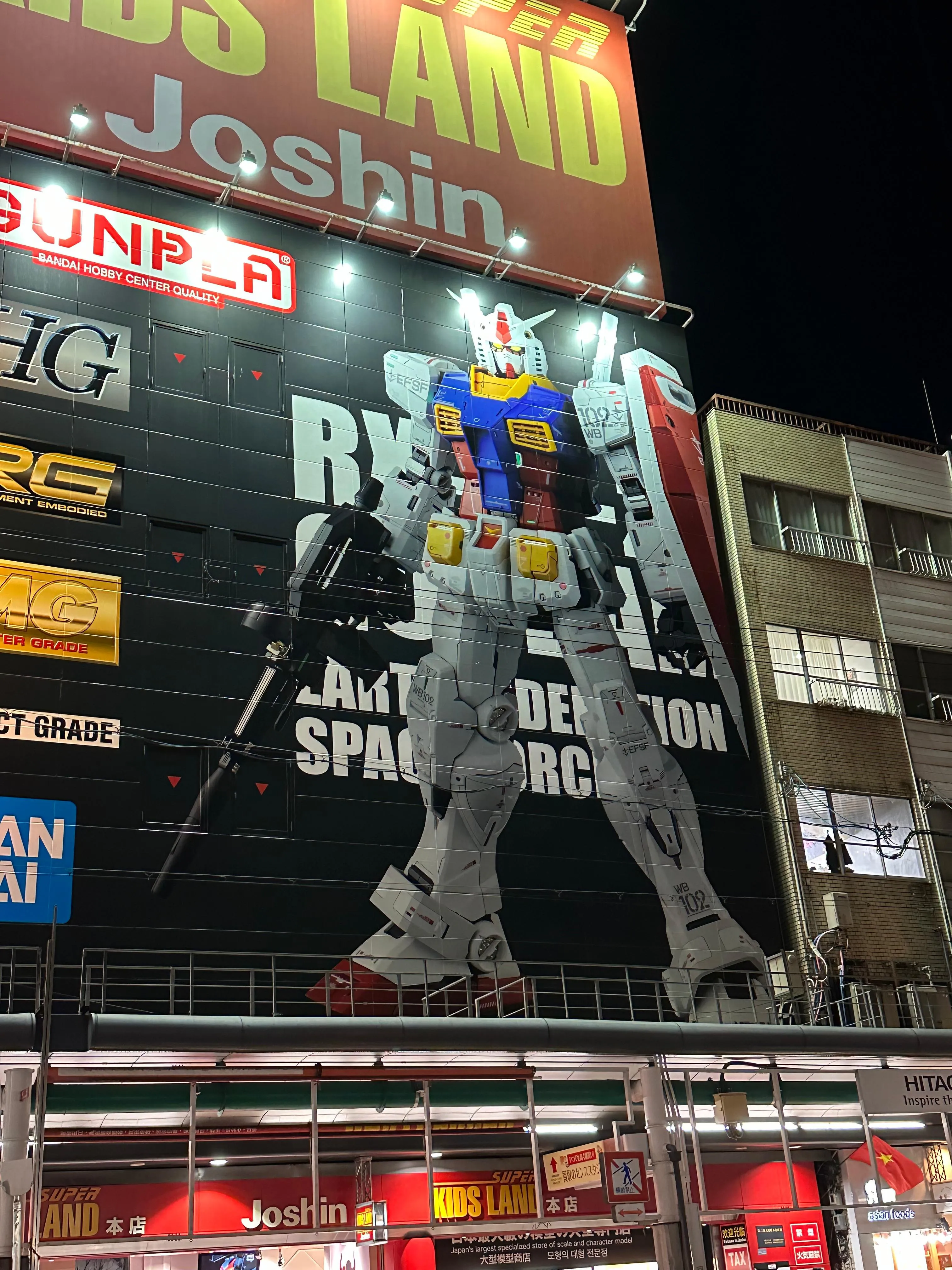
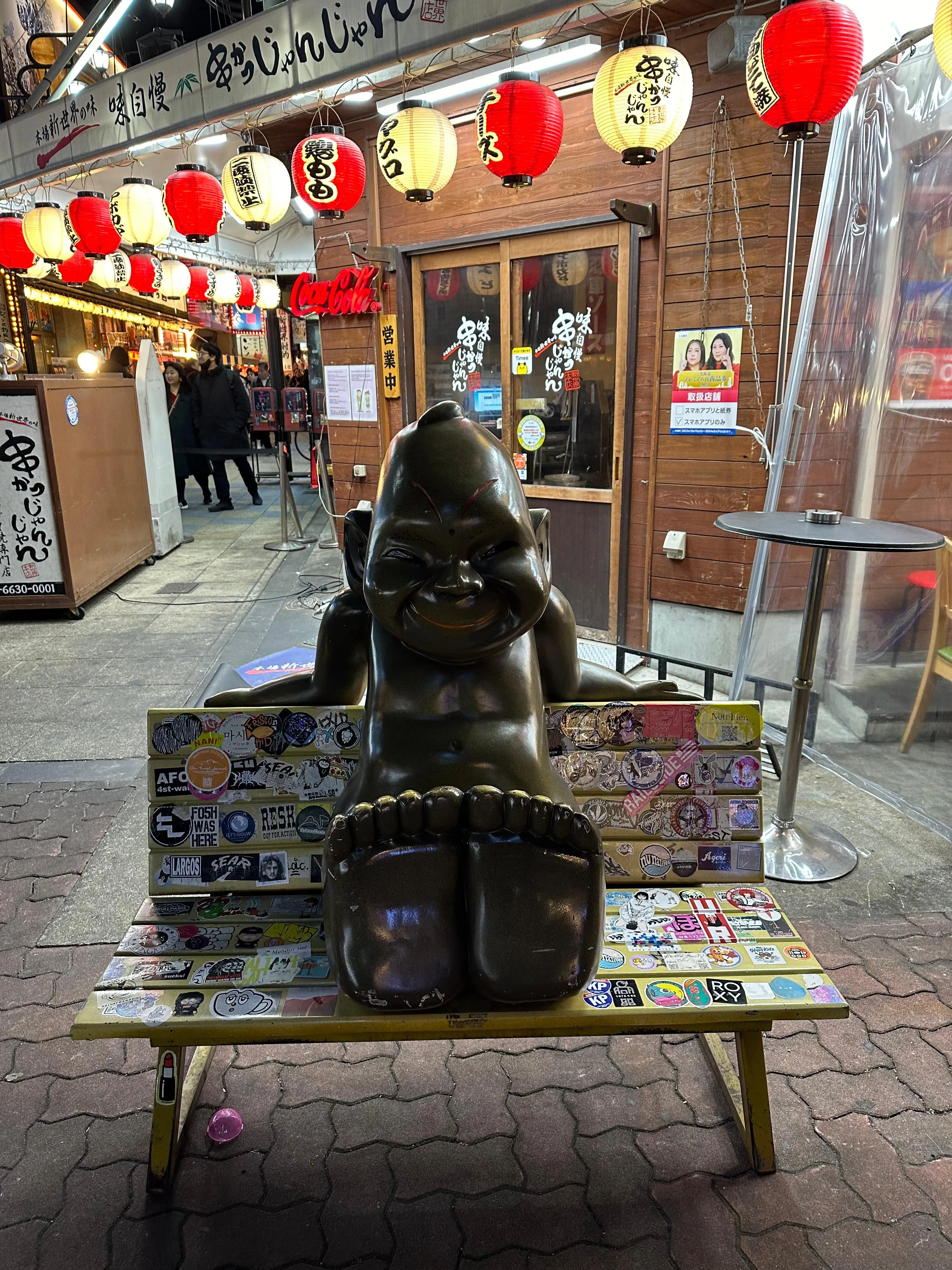
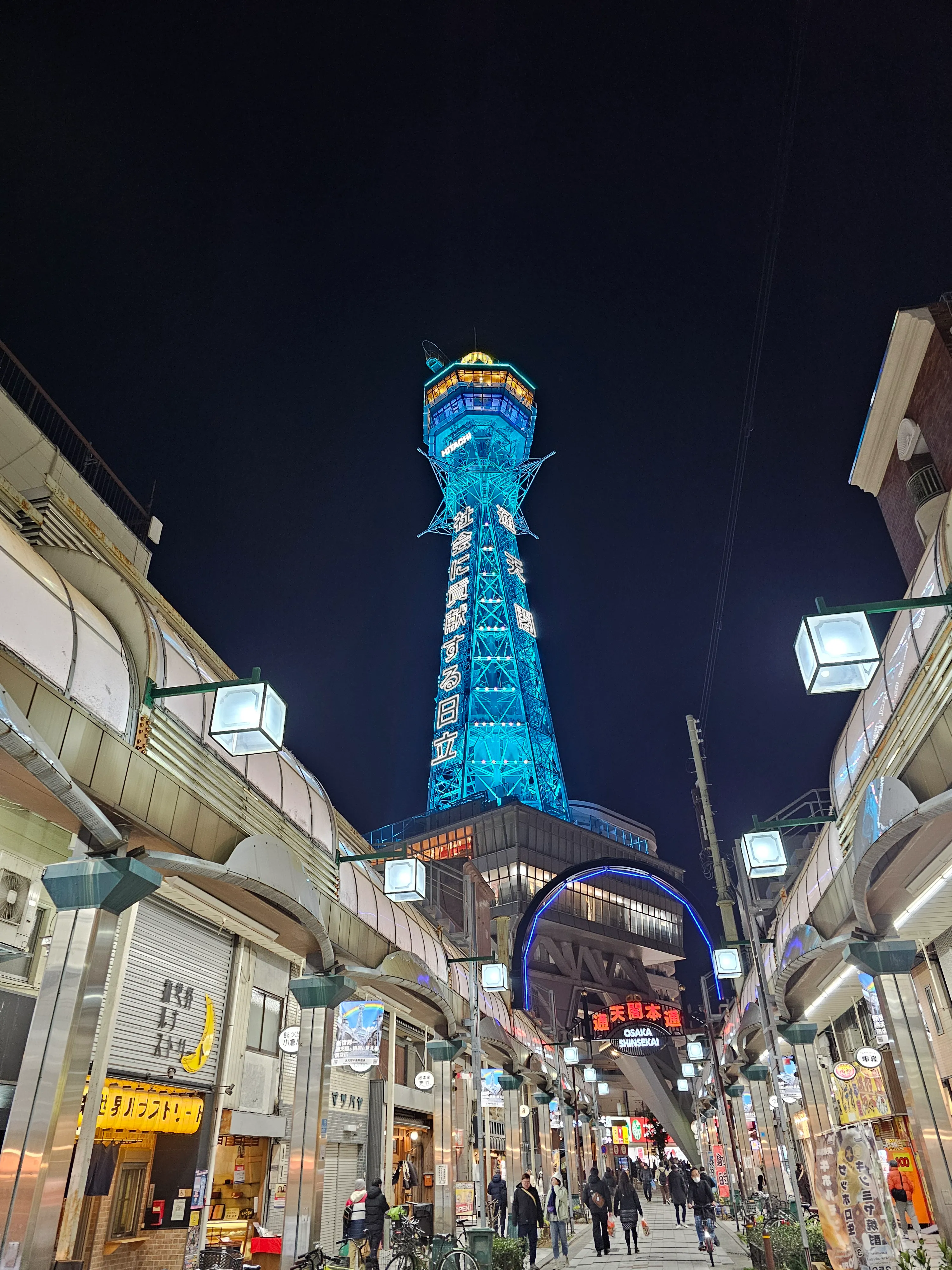
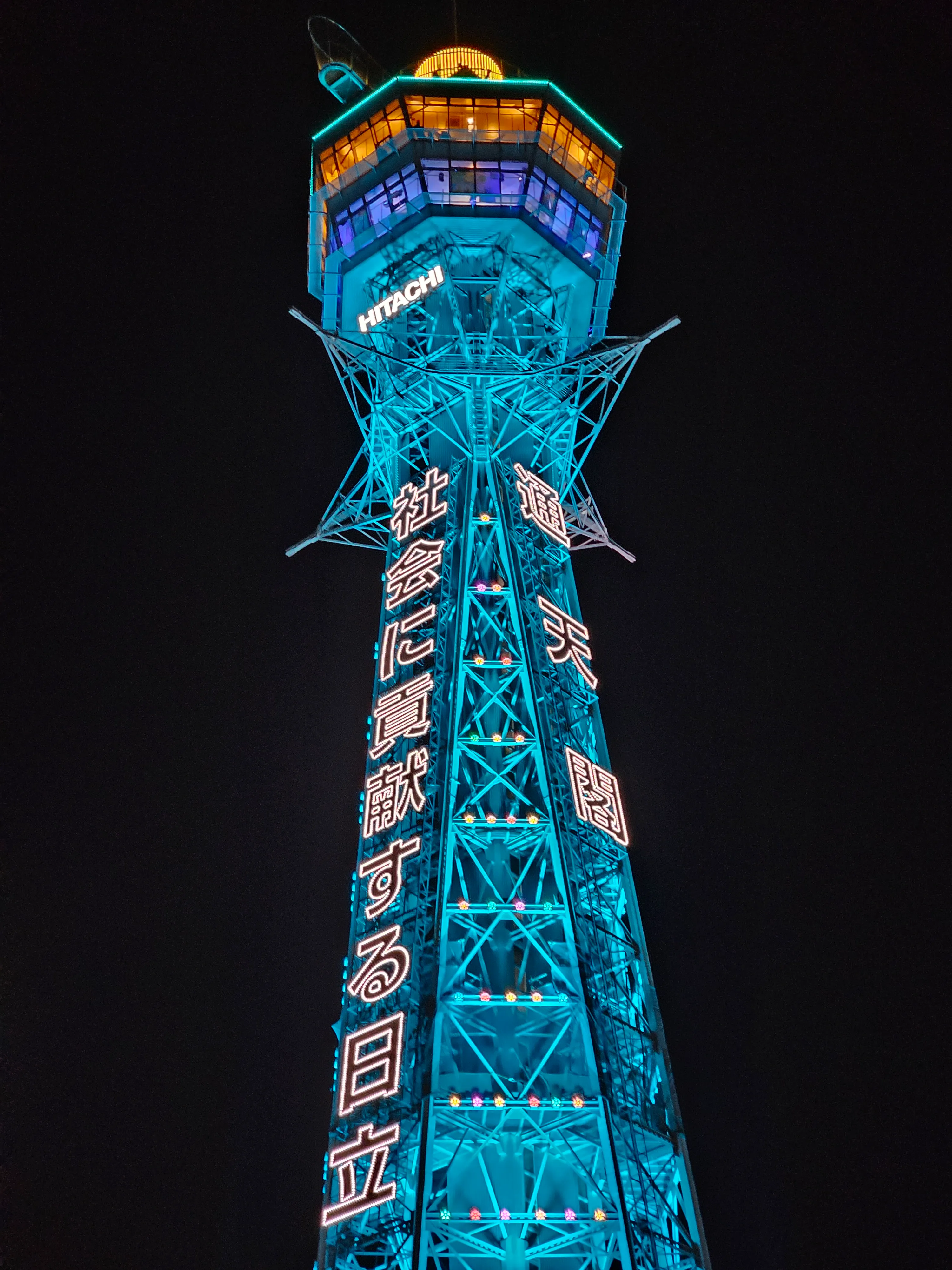
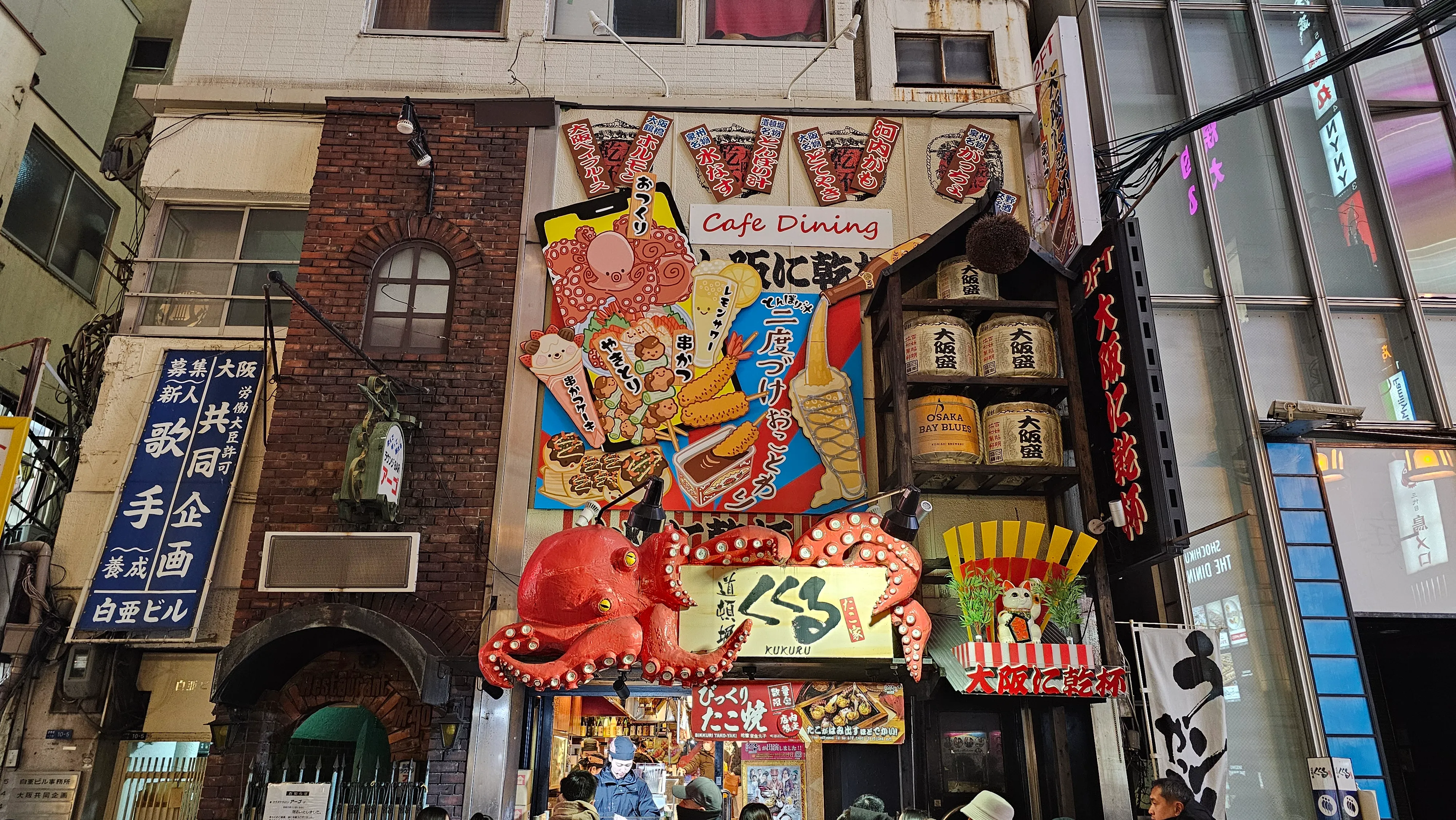
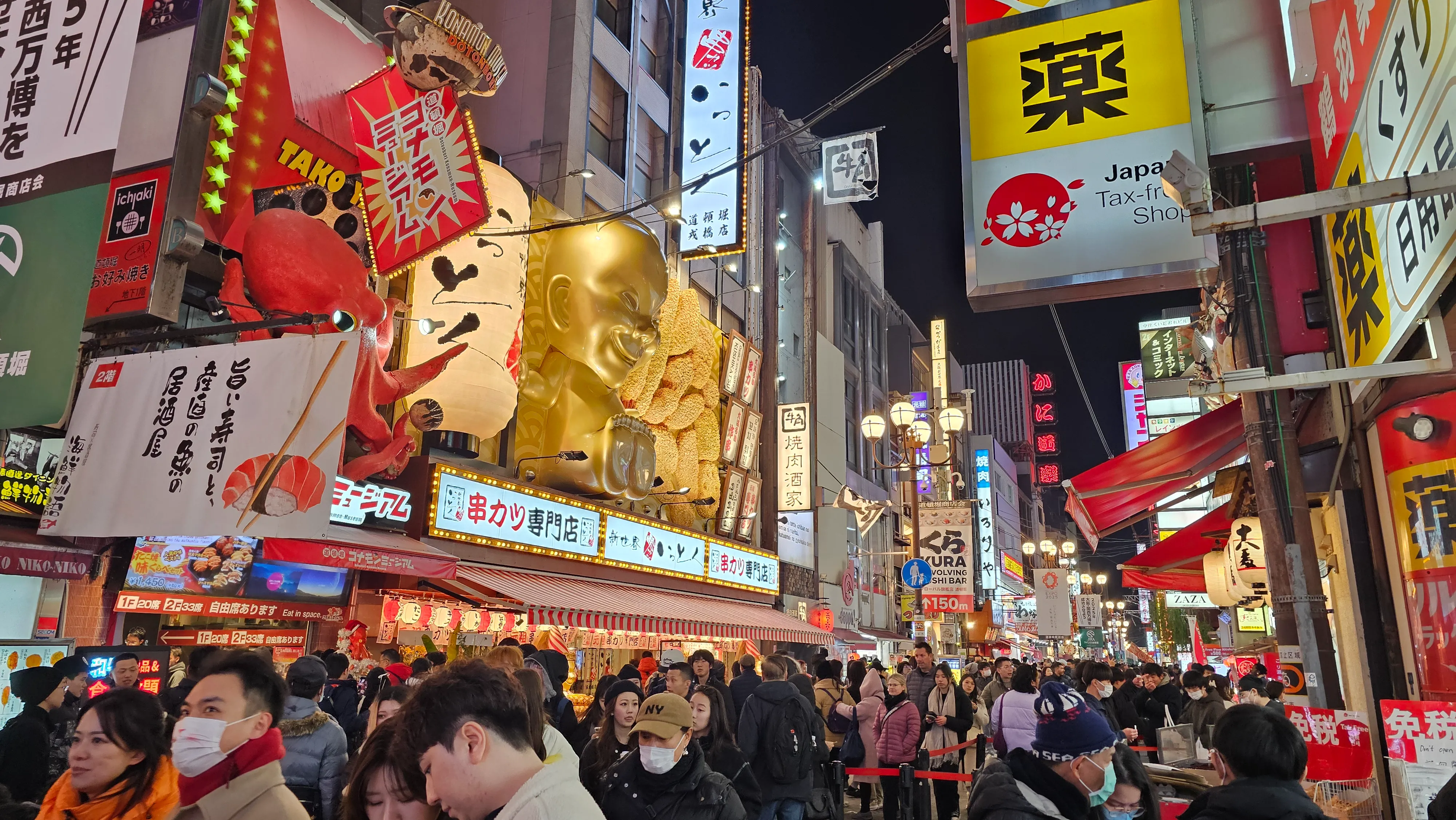
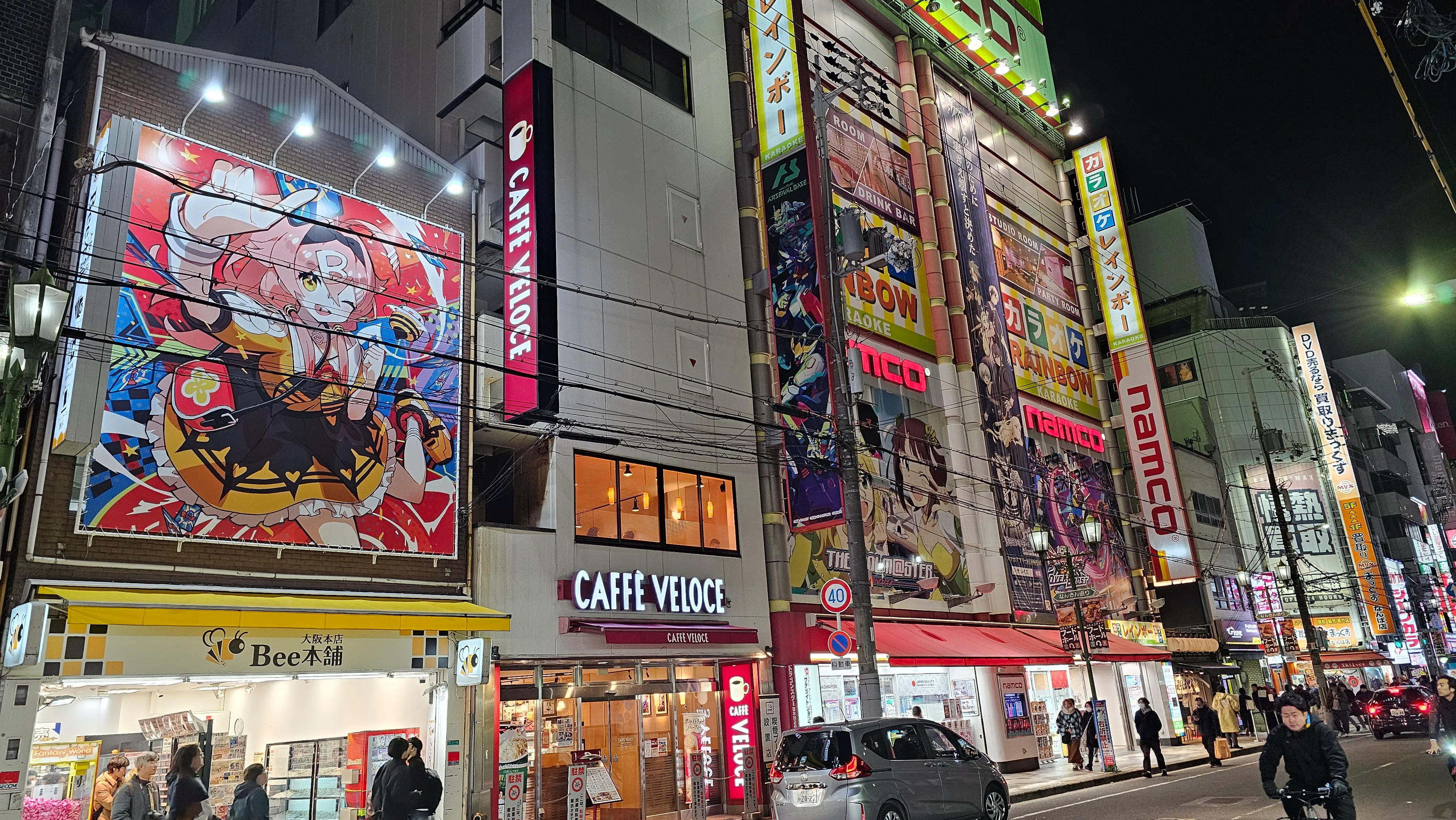
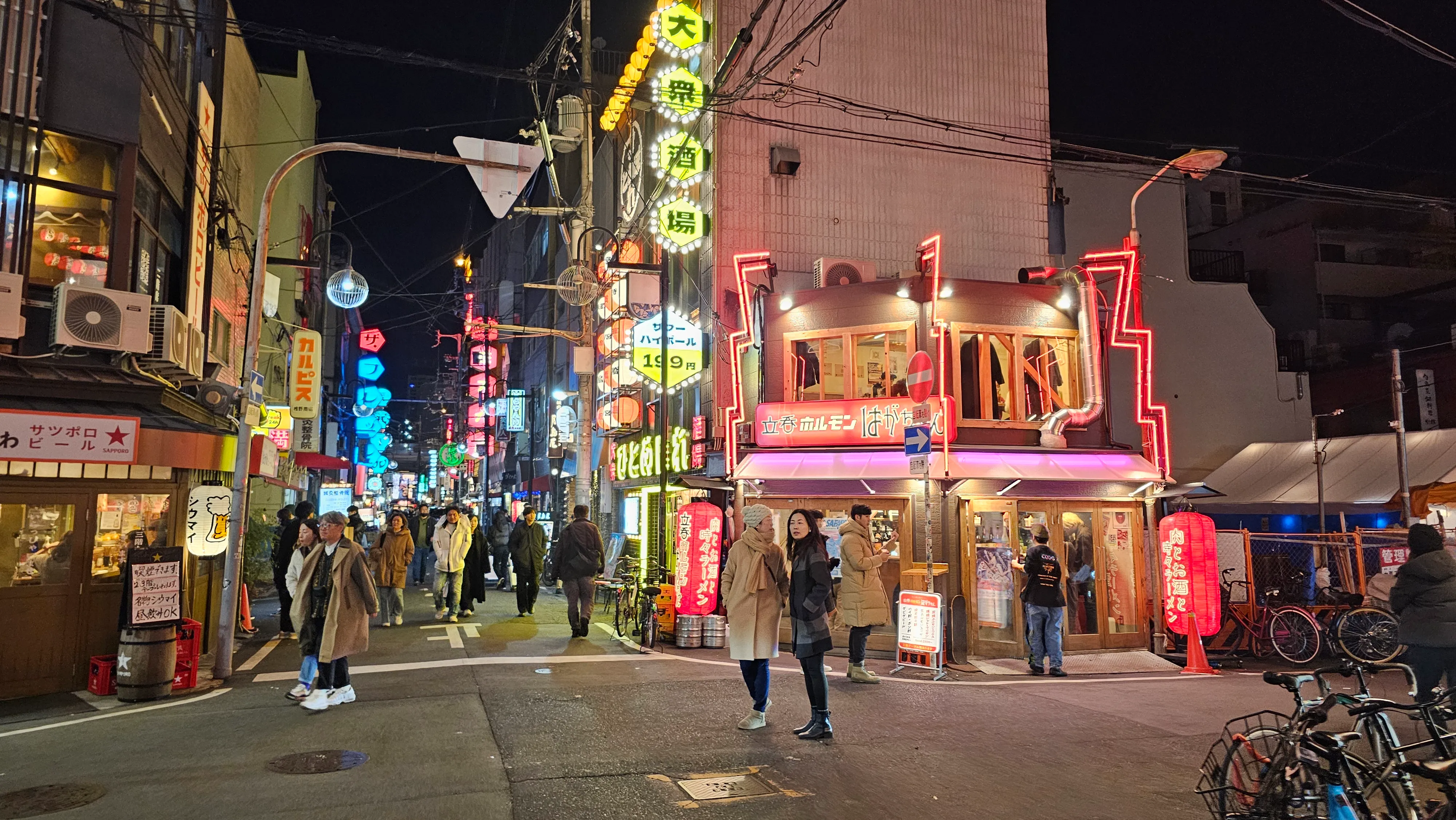

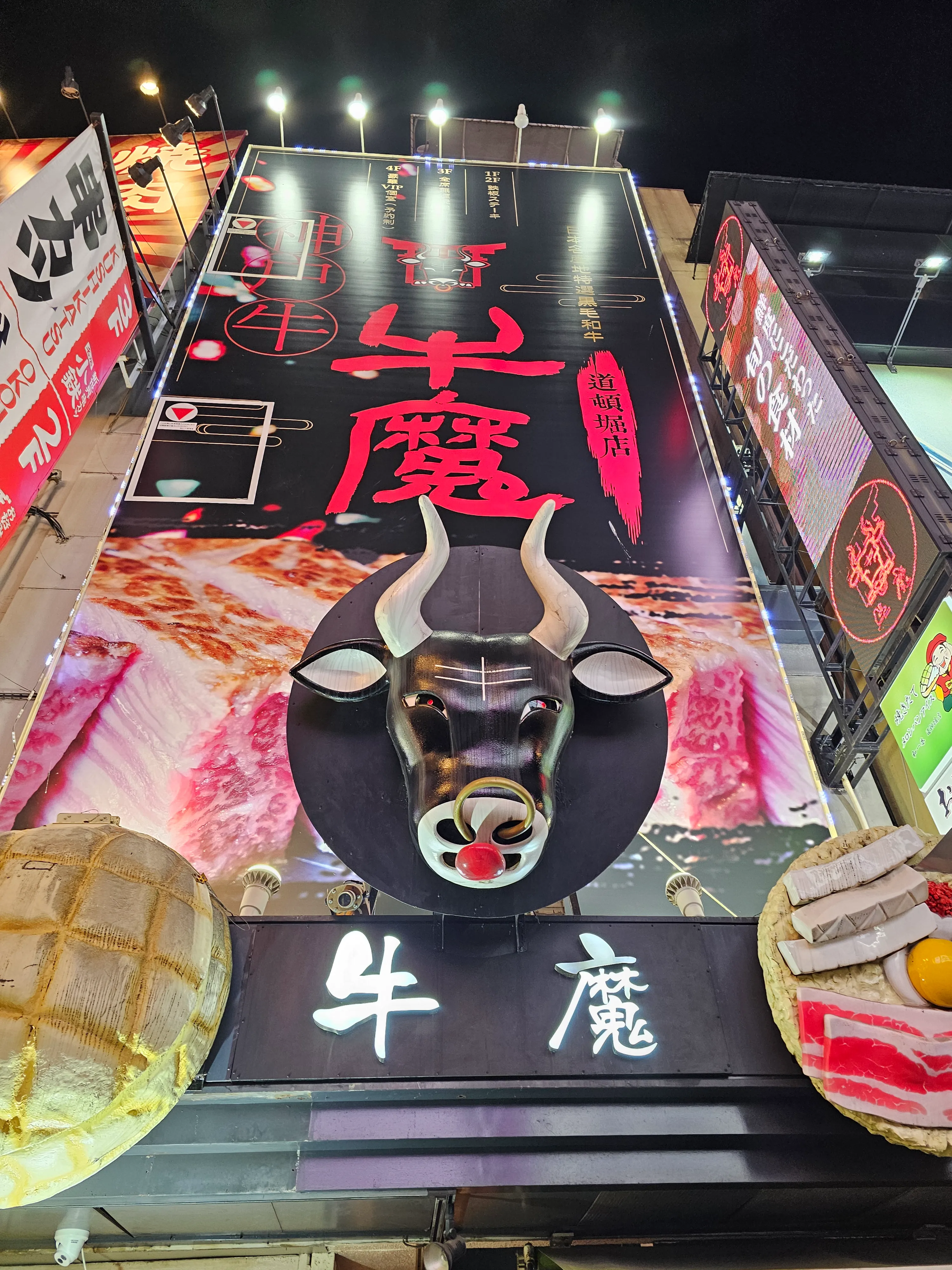


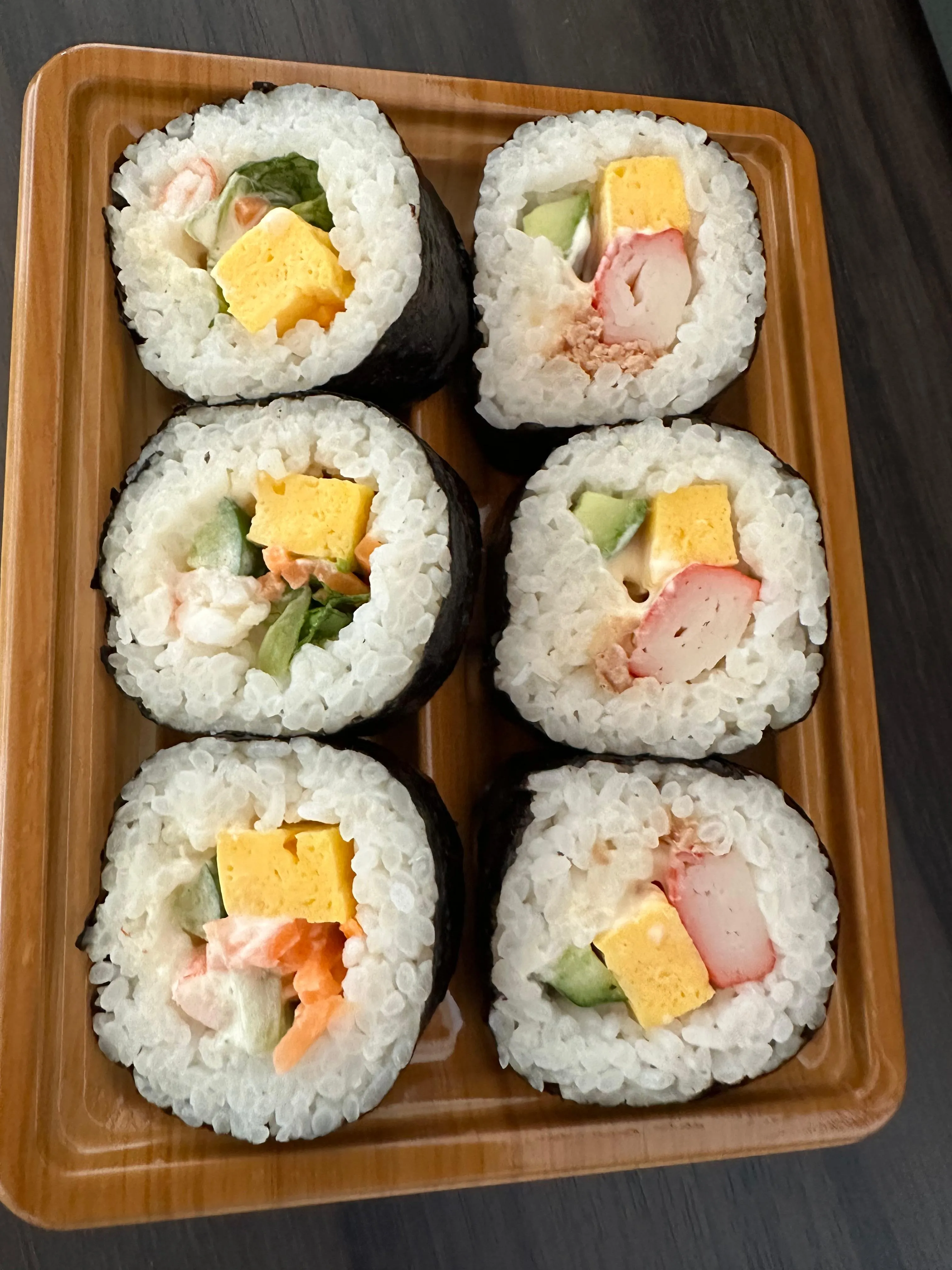
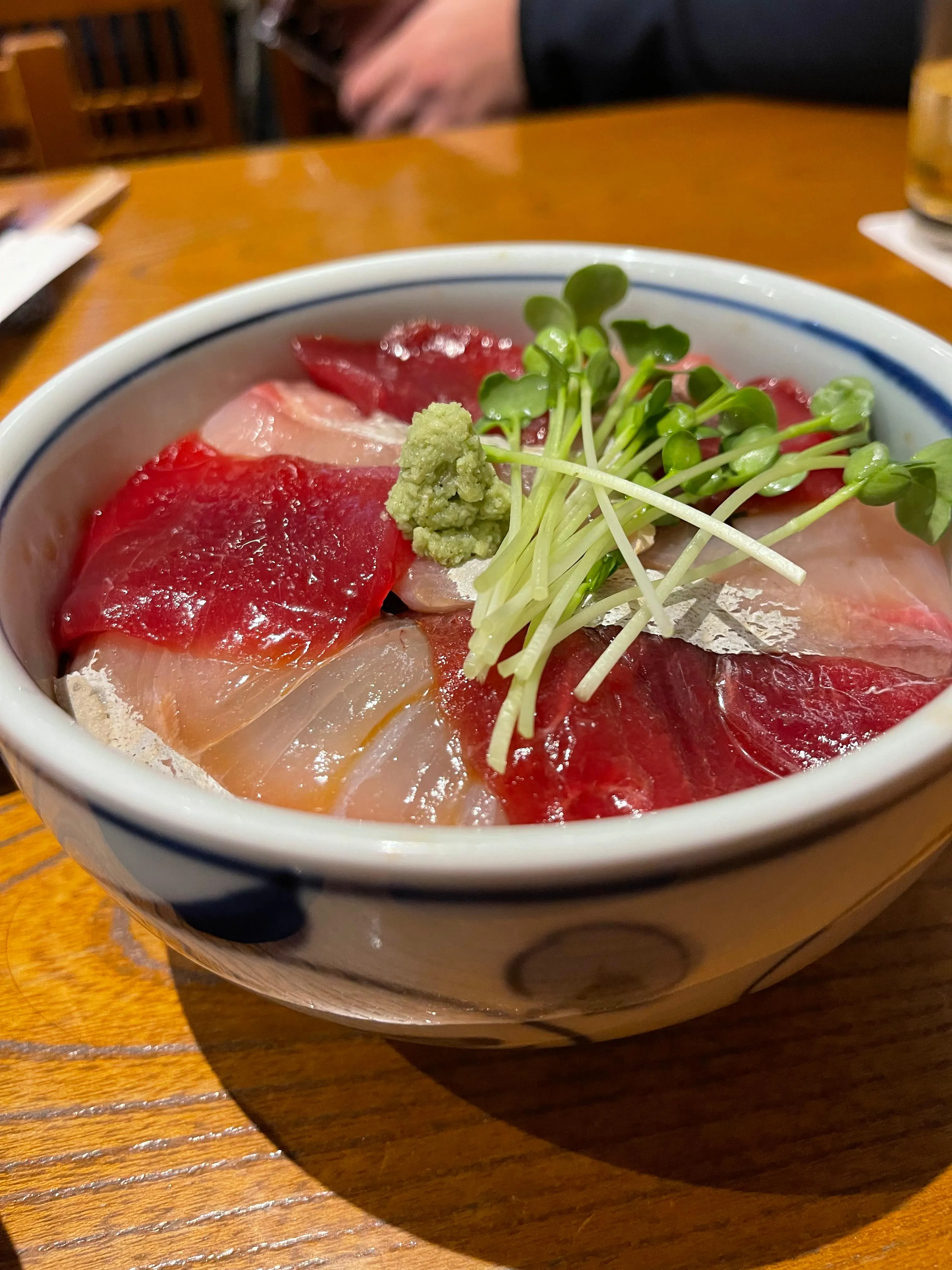
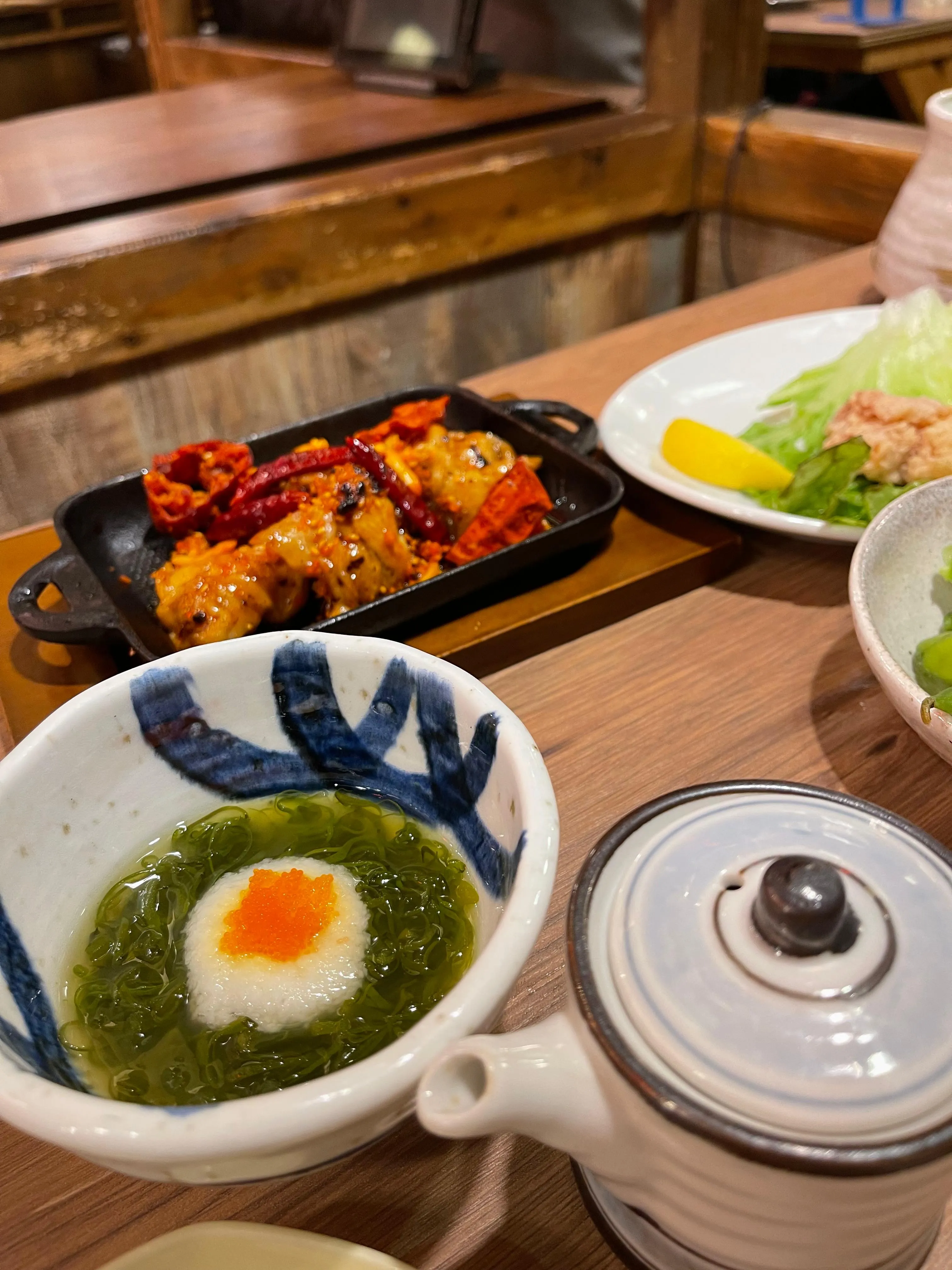
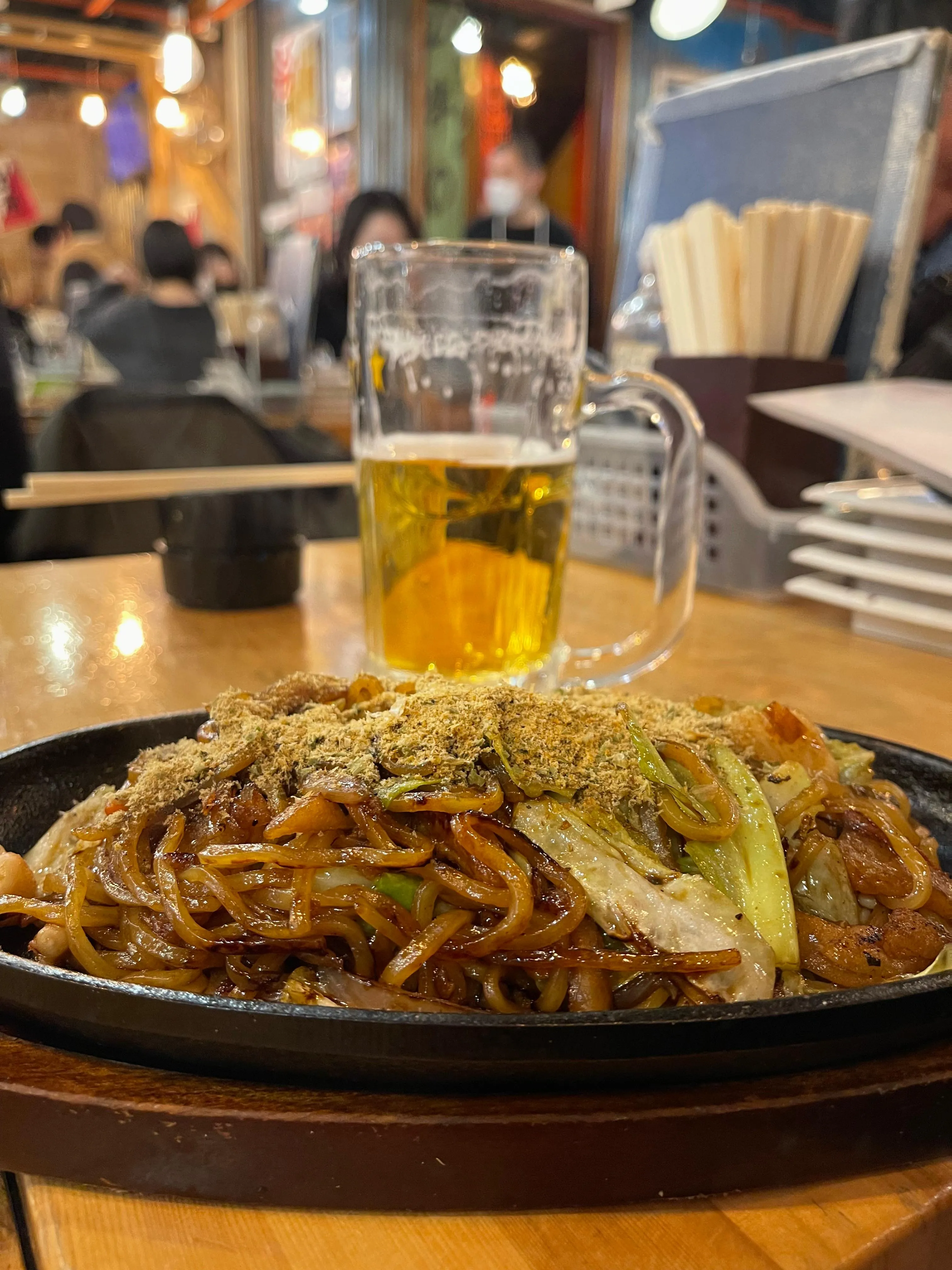
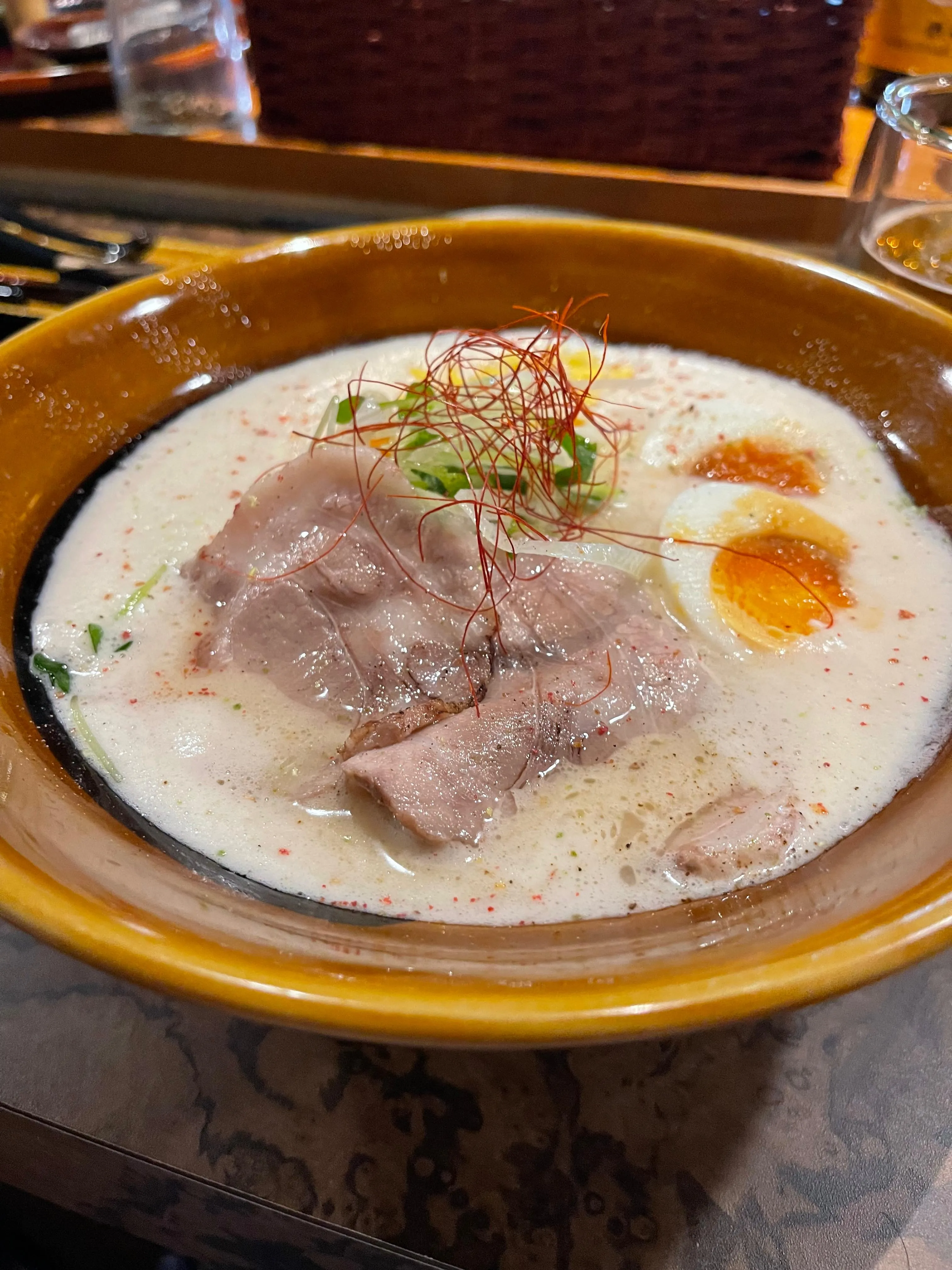













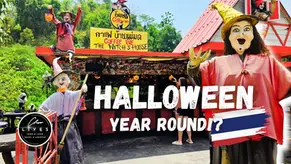










.png)

.png)


















































Japan is one of my top, top countries around the world! Osaka is a wonderful city and has so much to offer, and Dotonbori is an amazing example of that. A place that is worthy of any bucket list for sure.